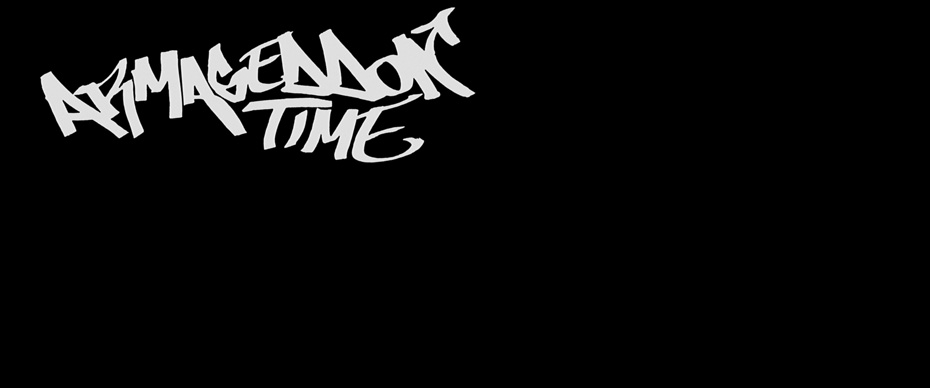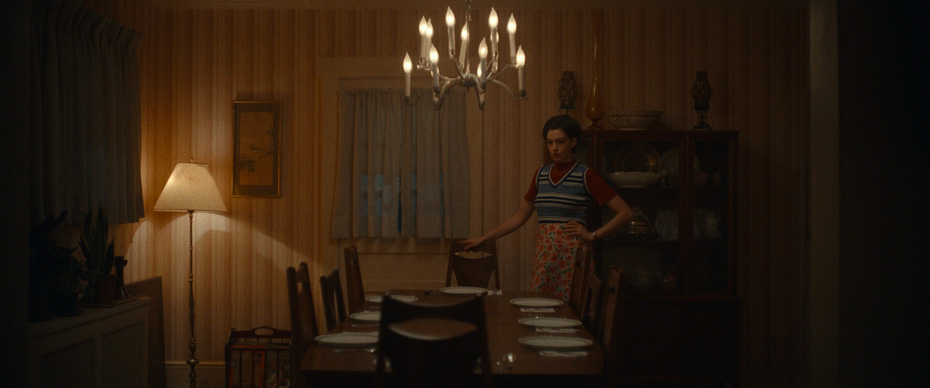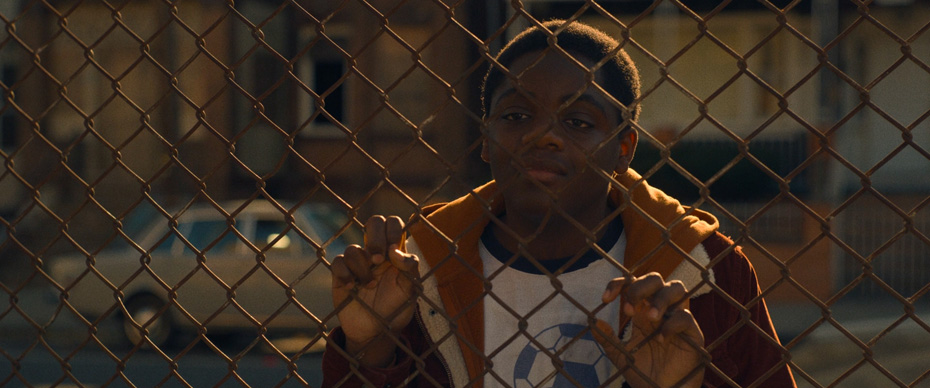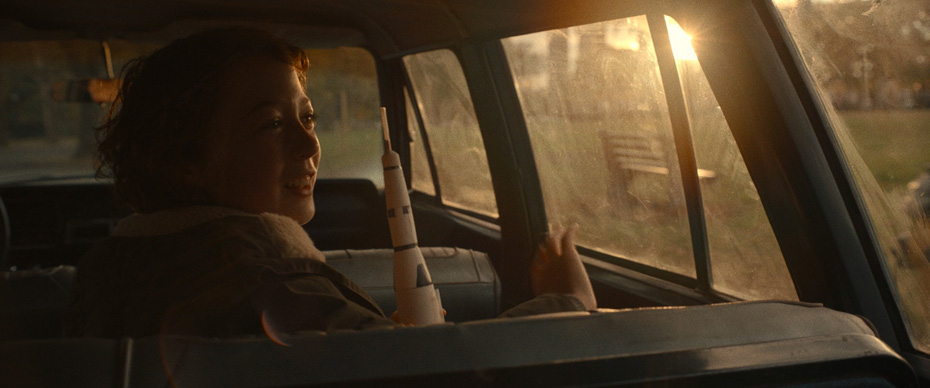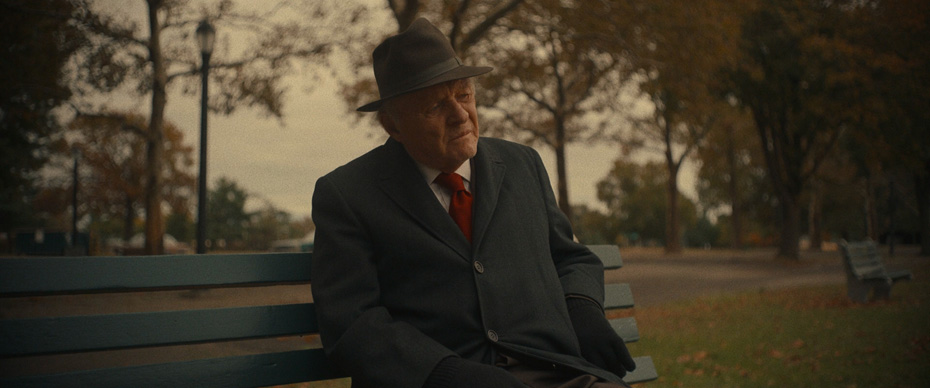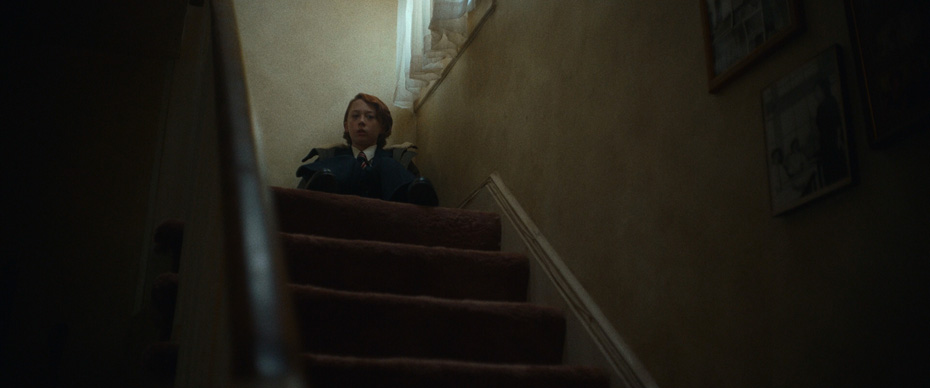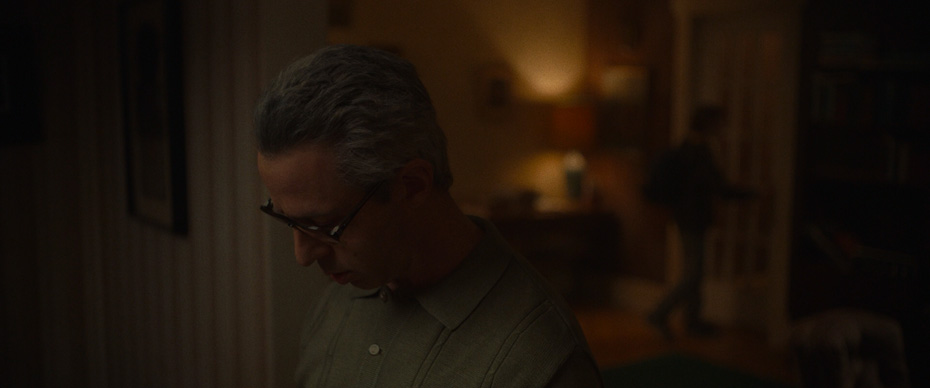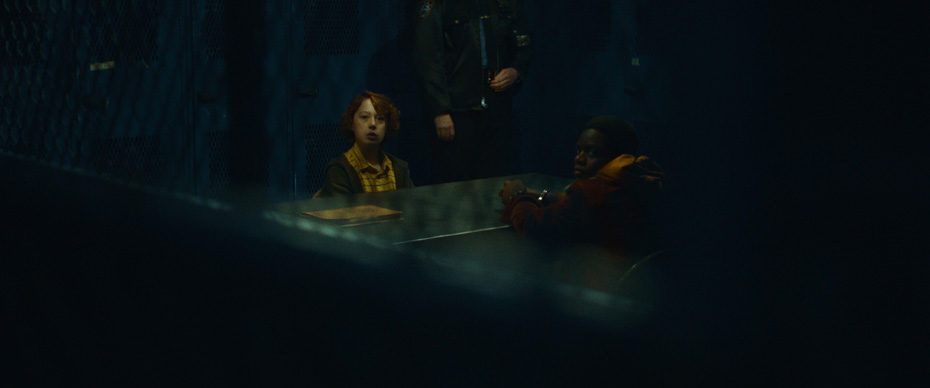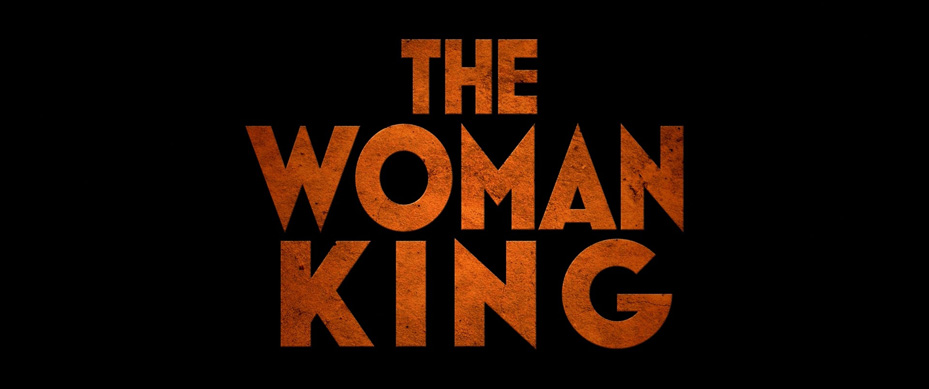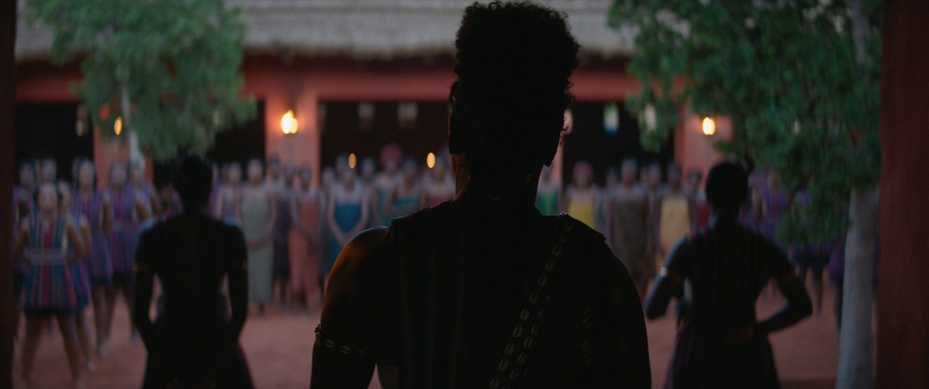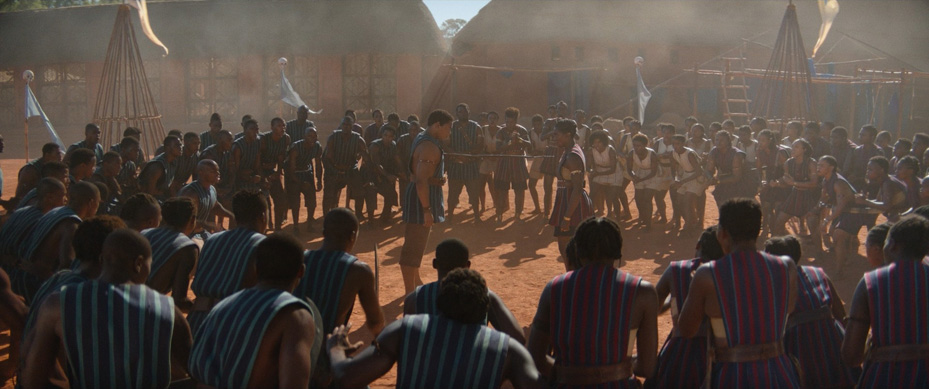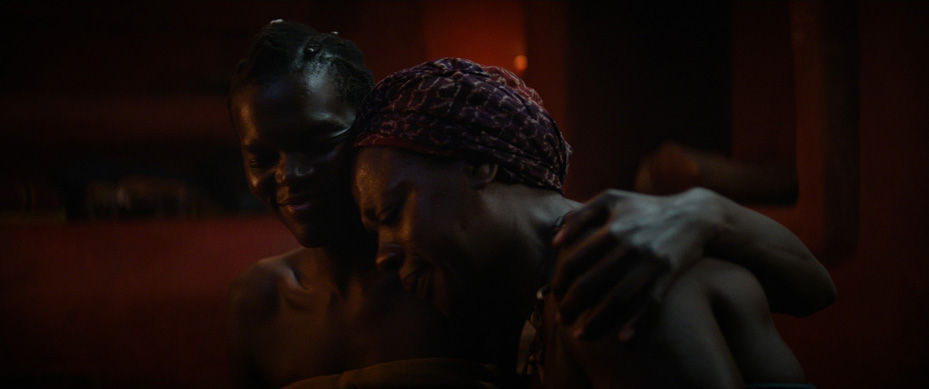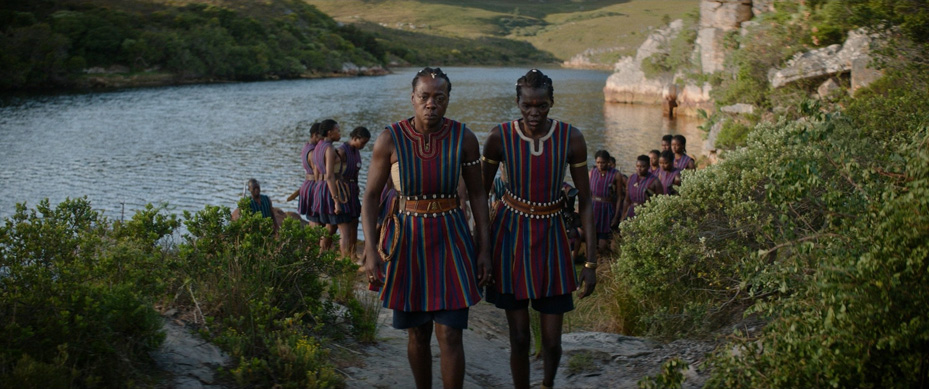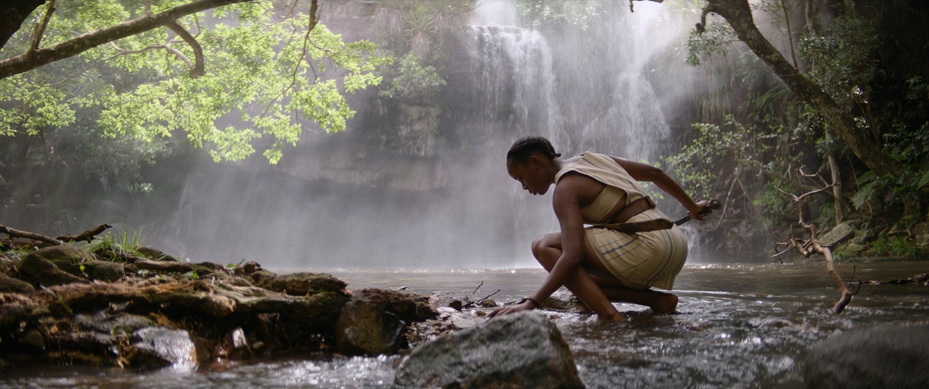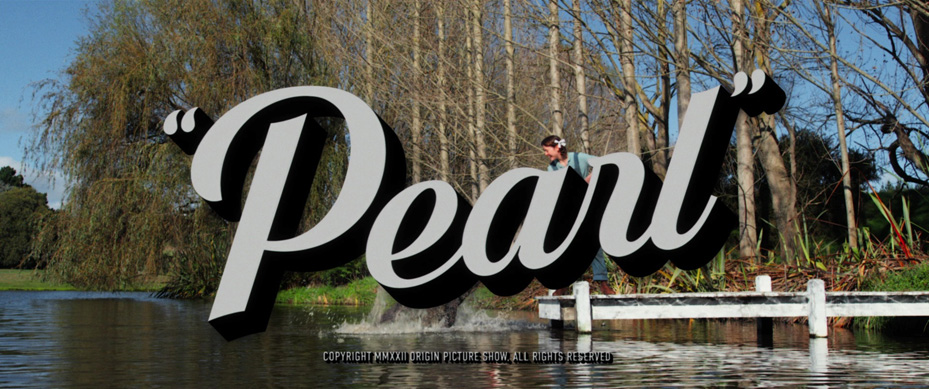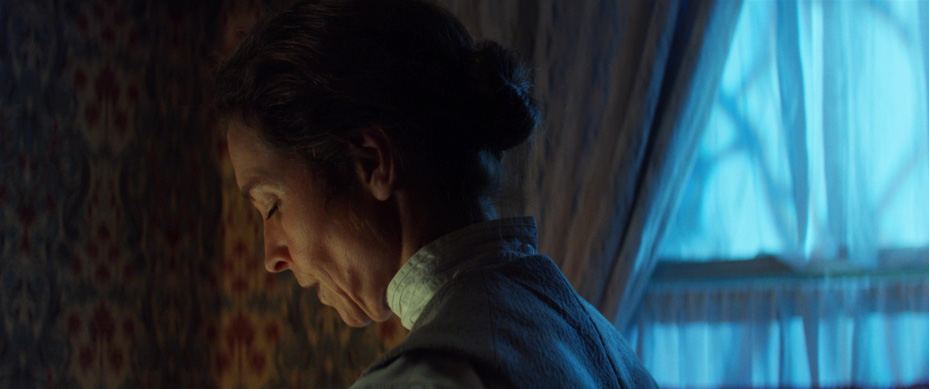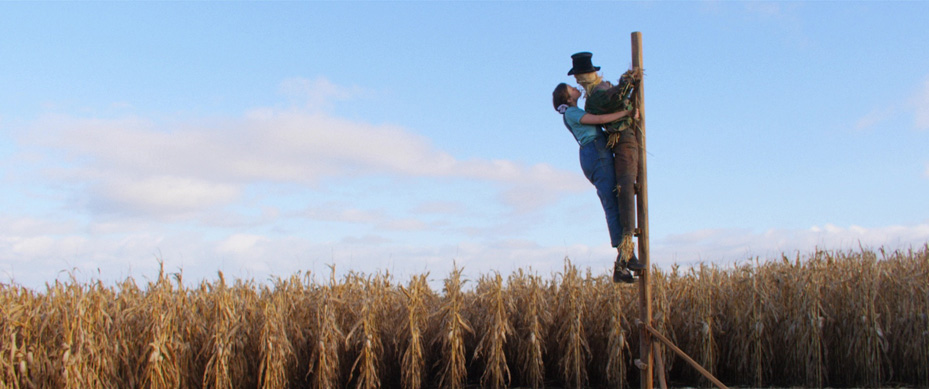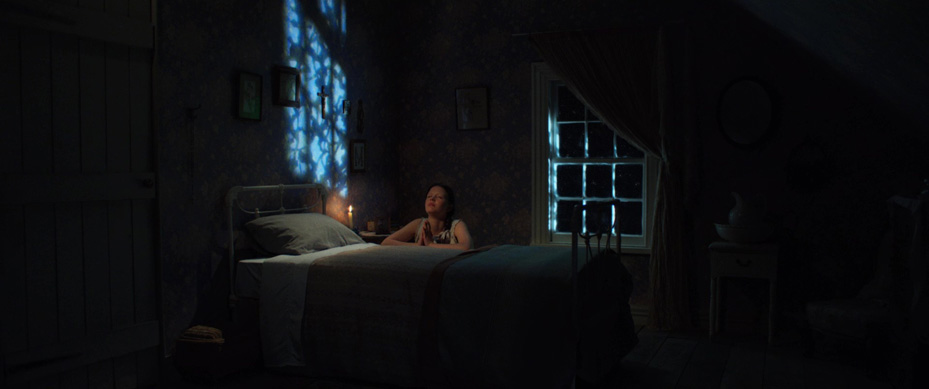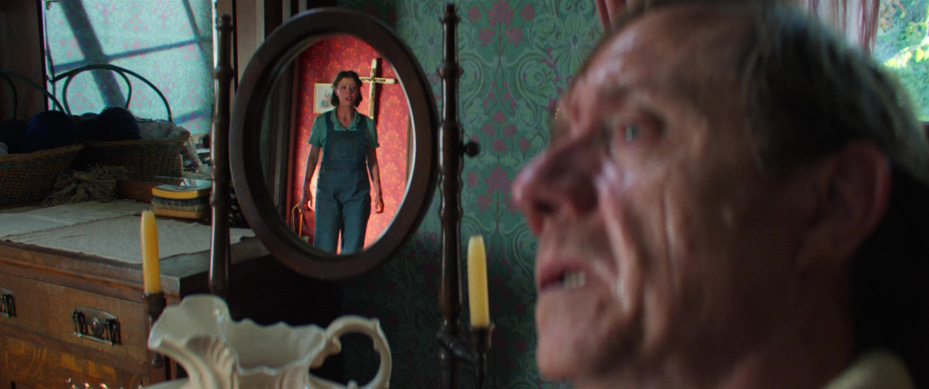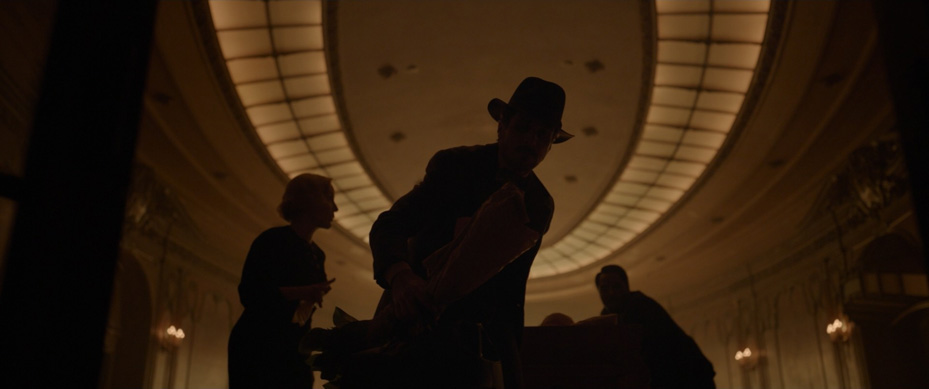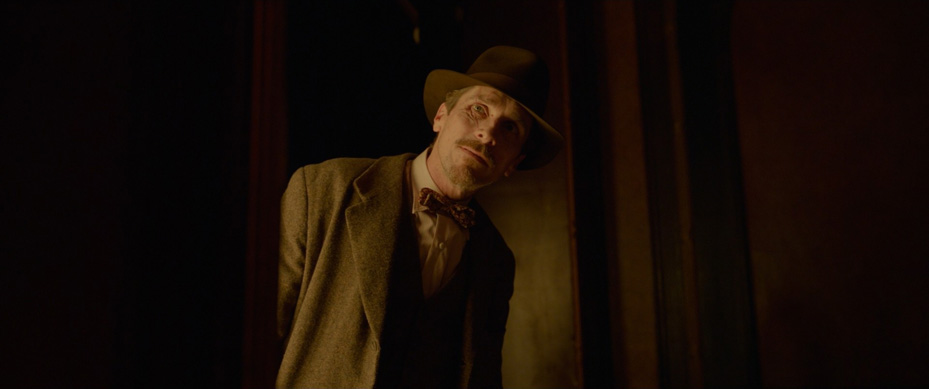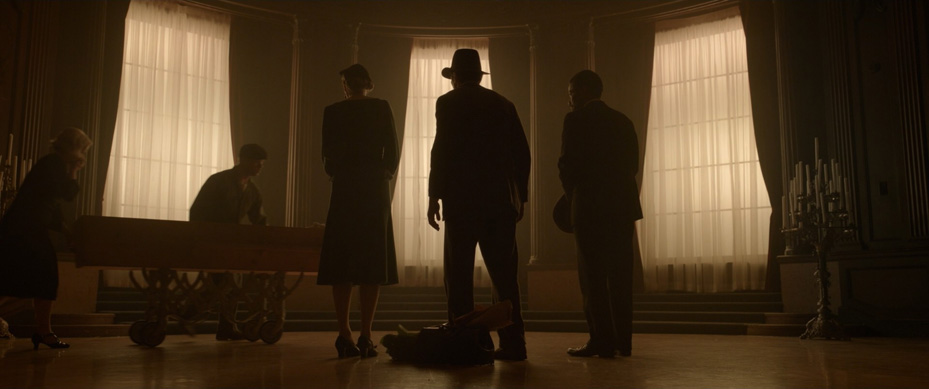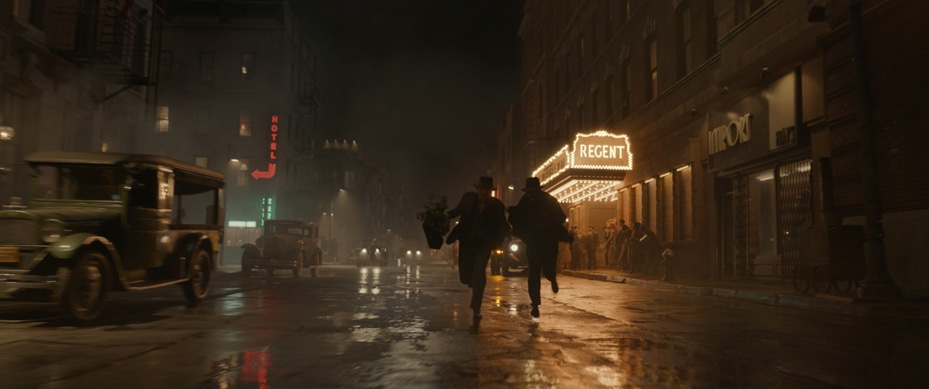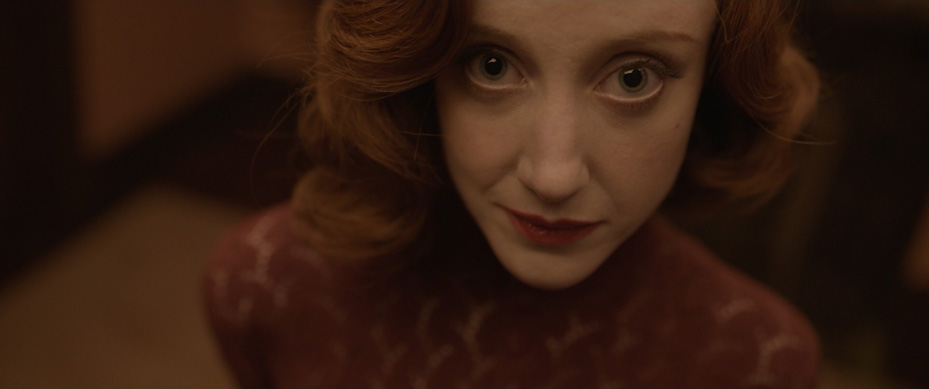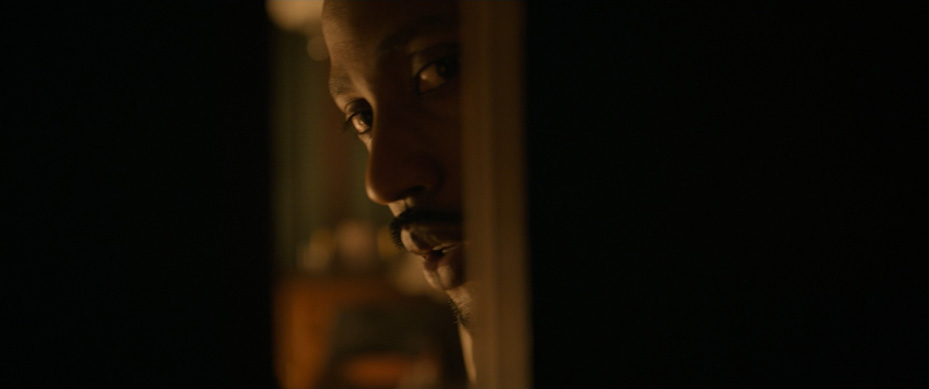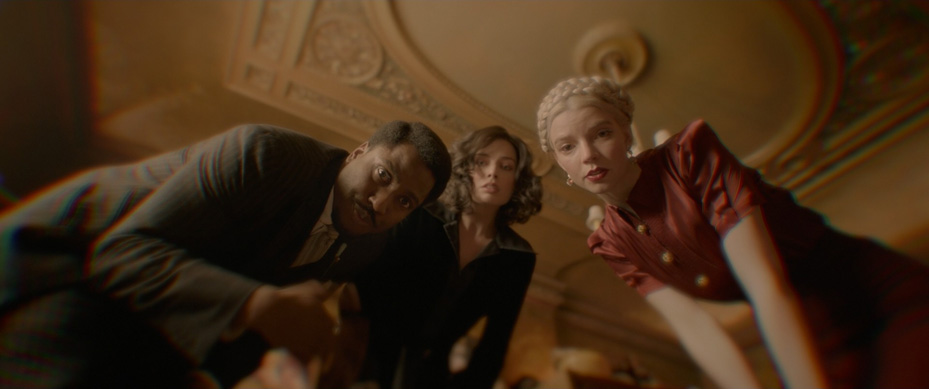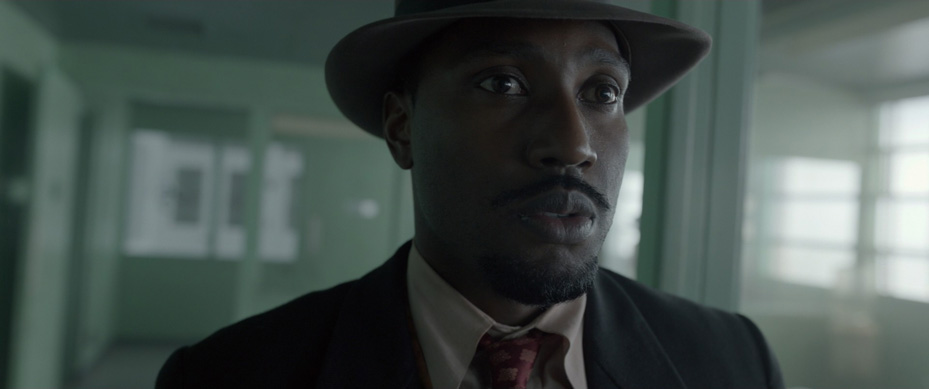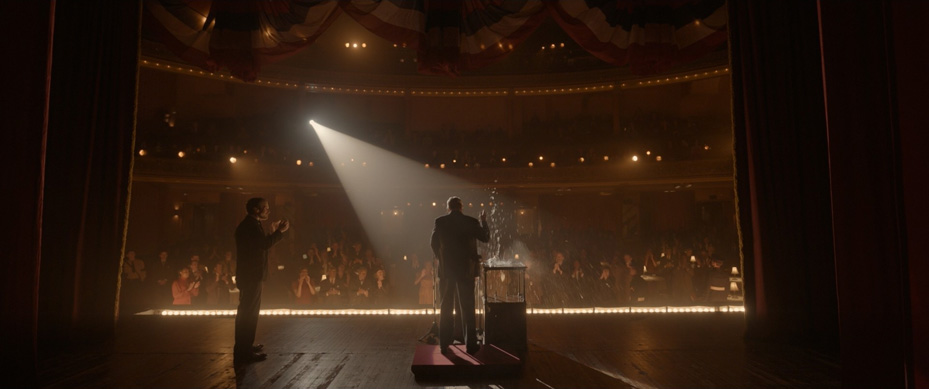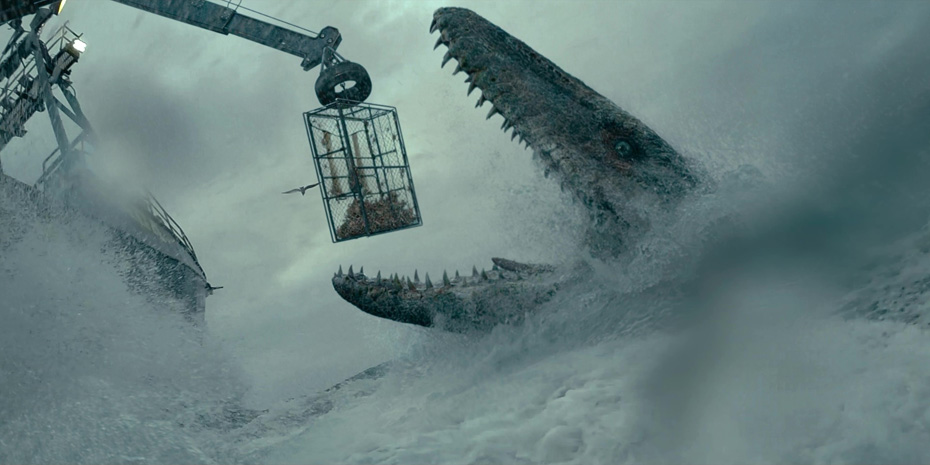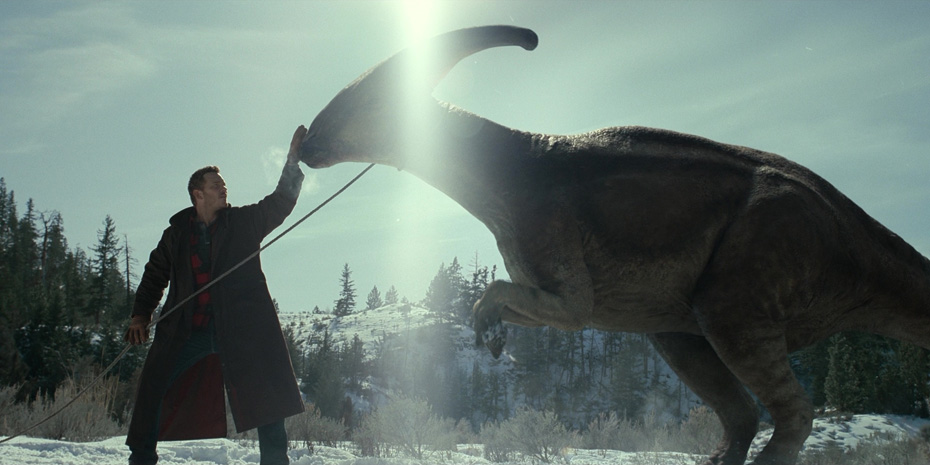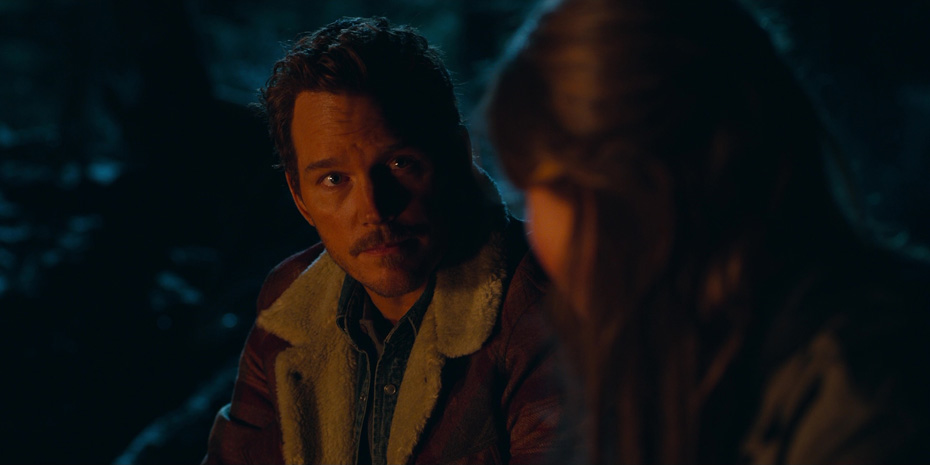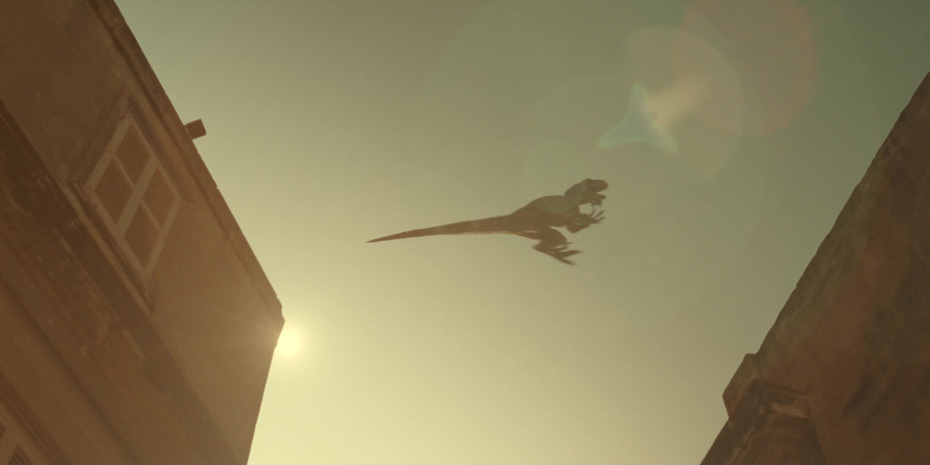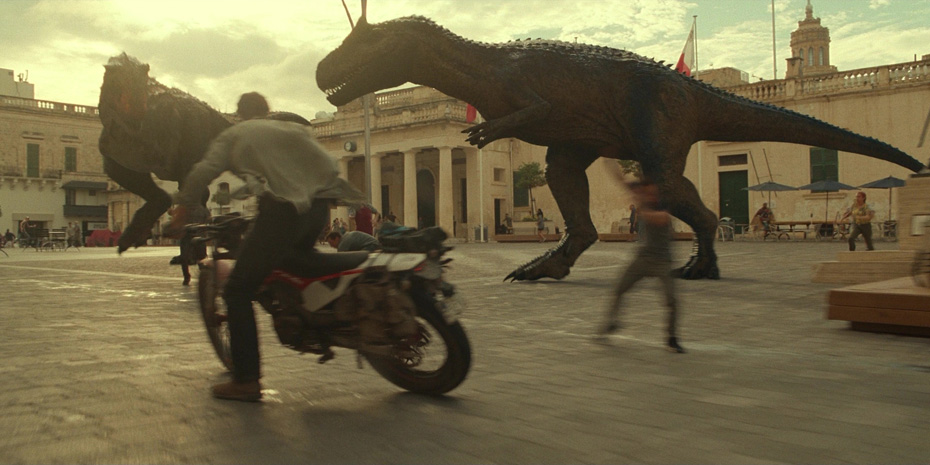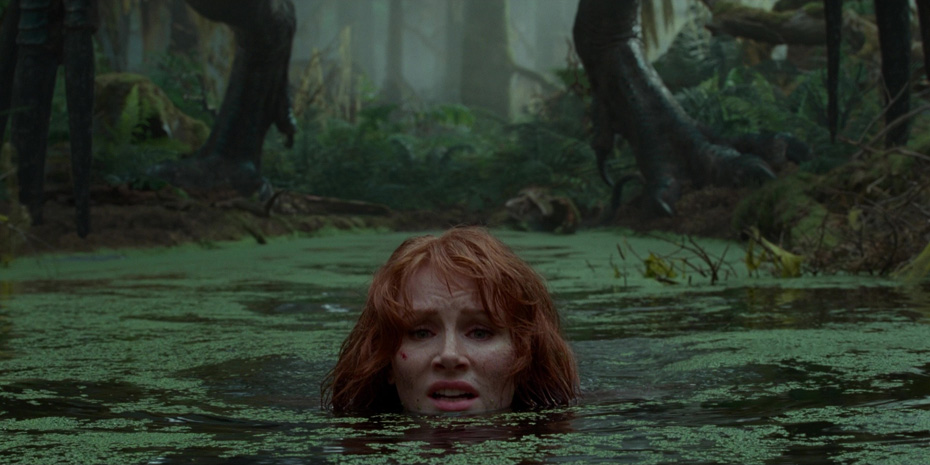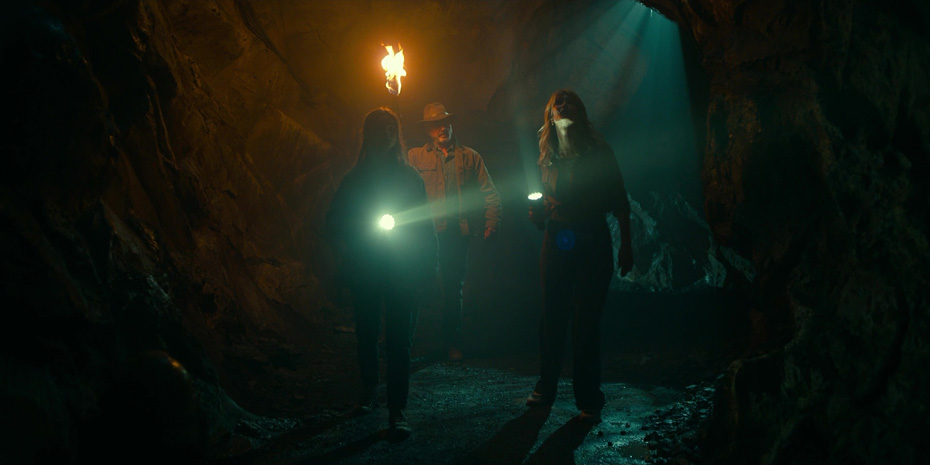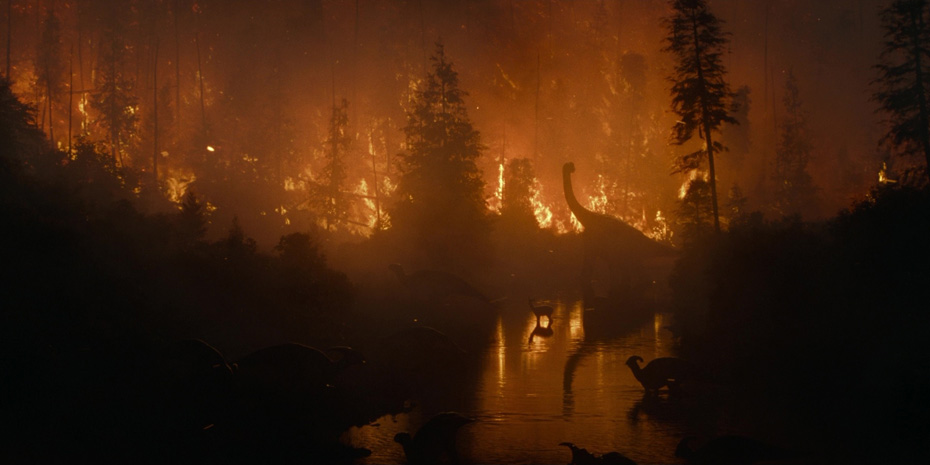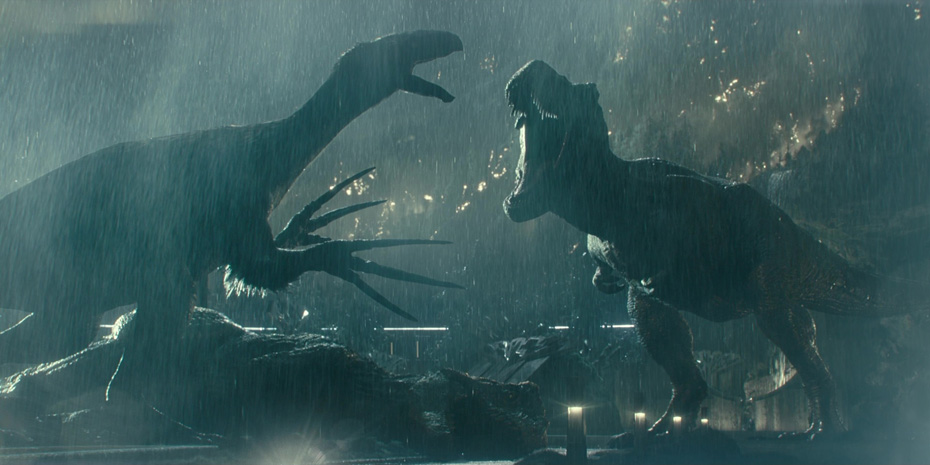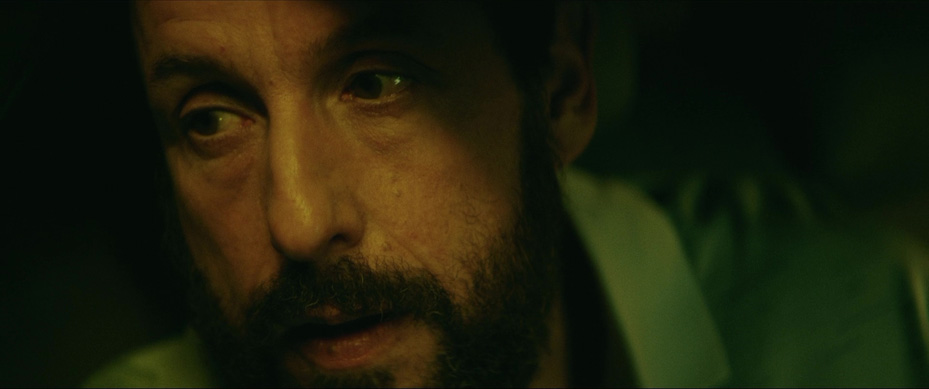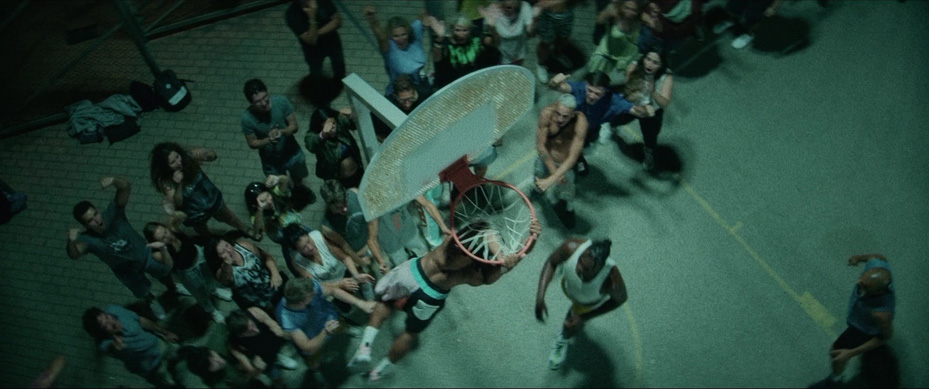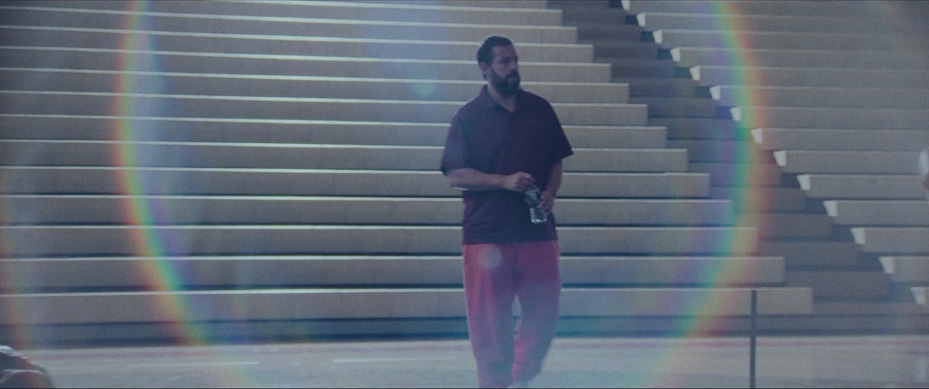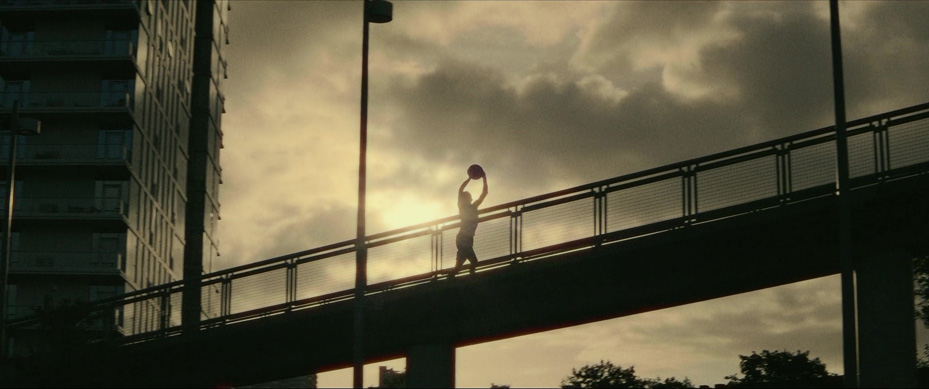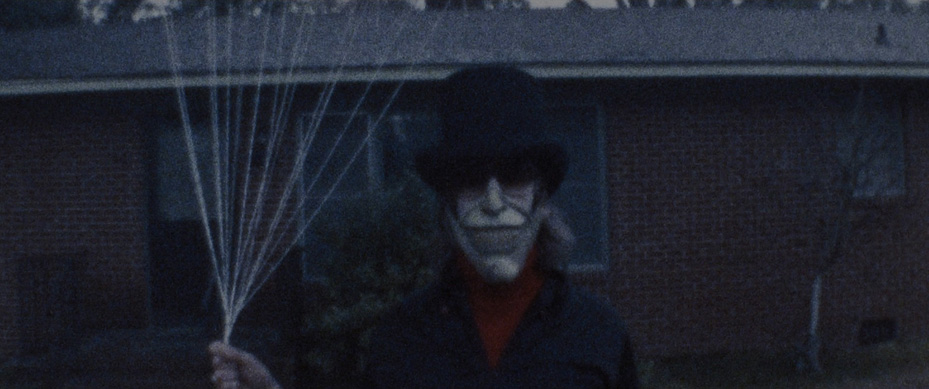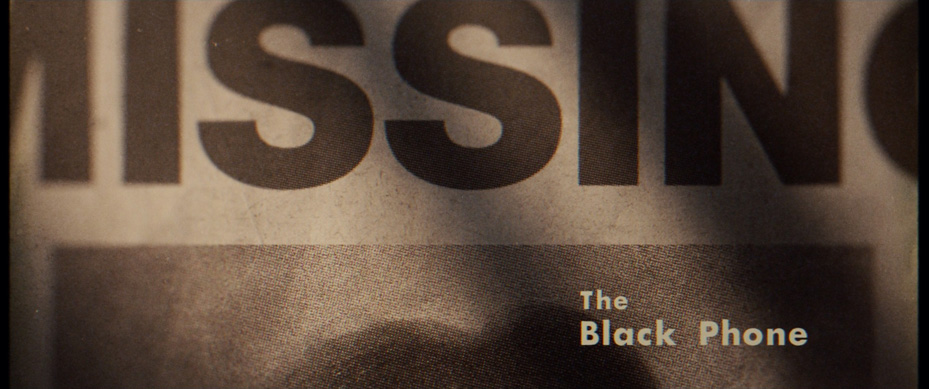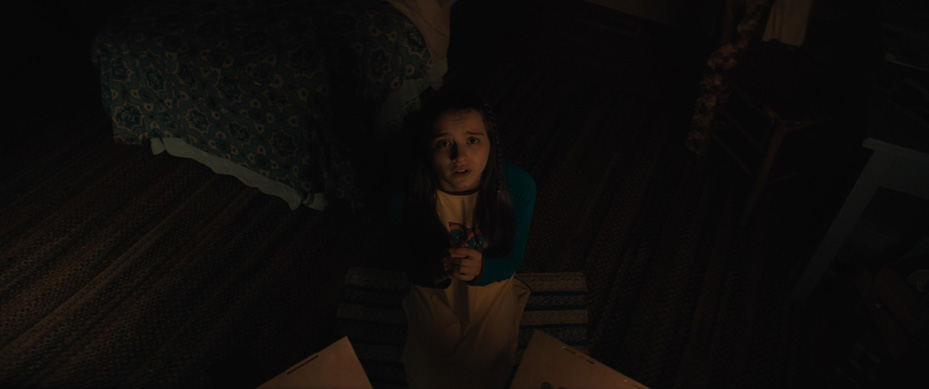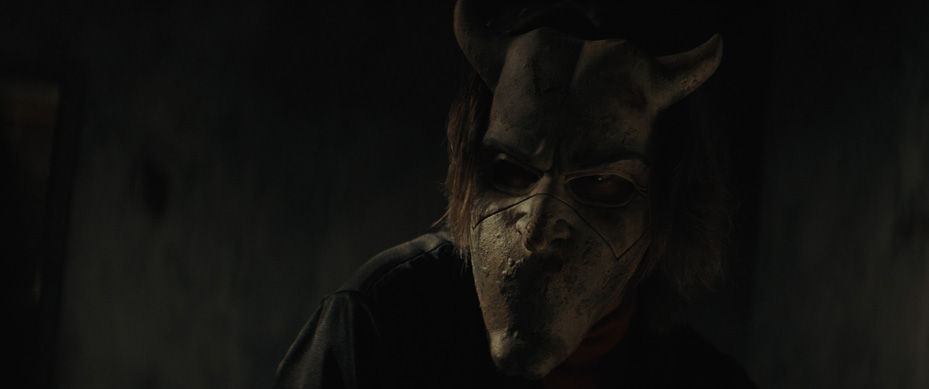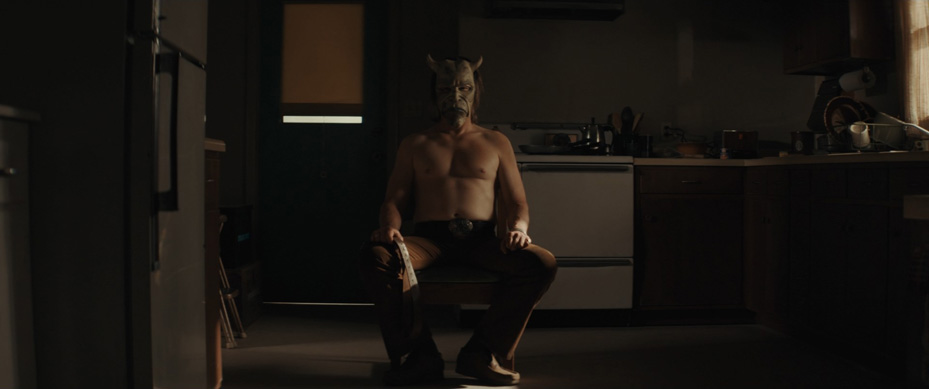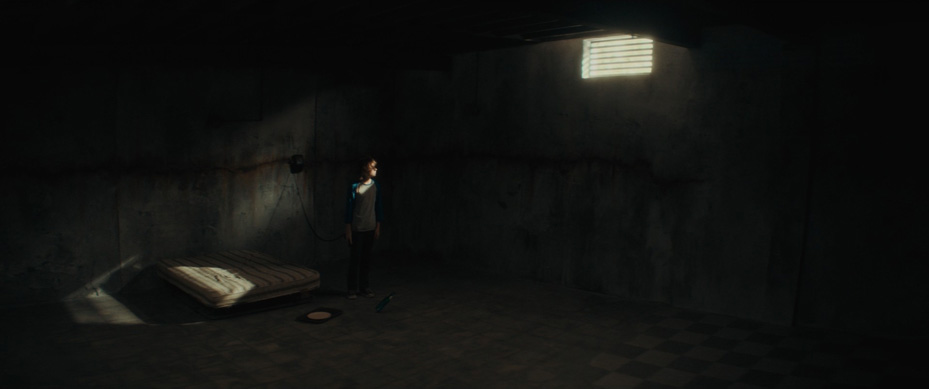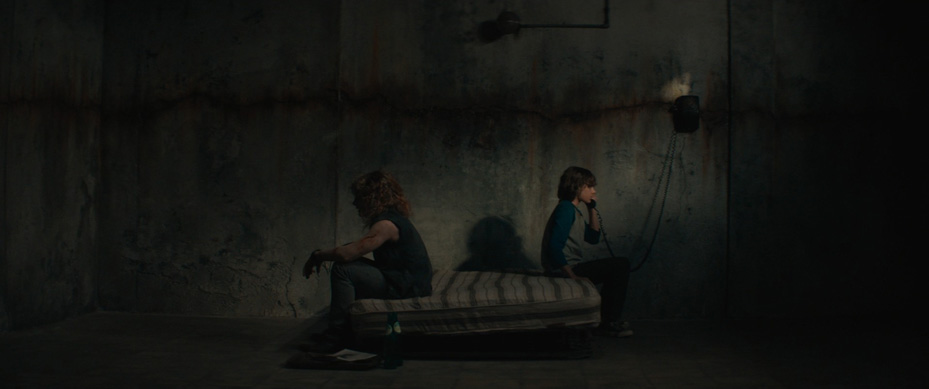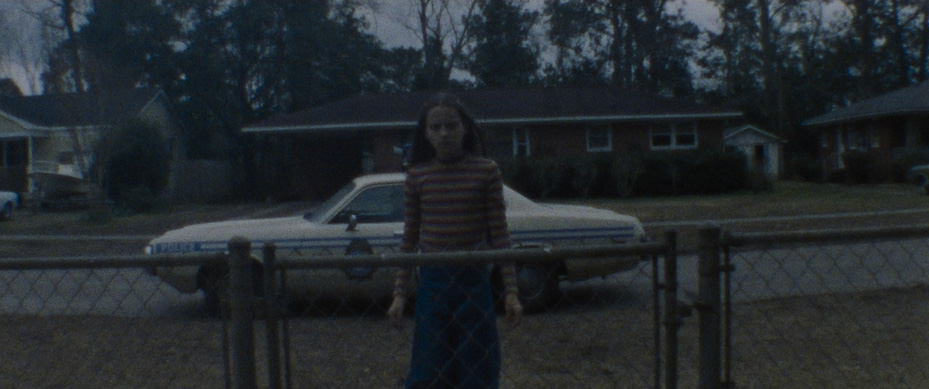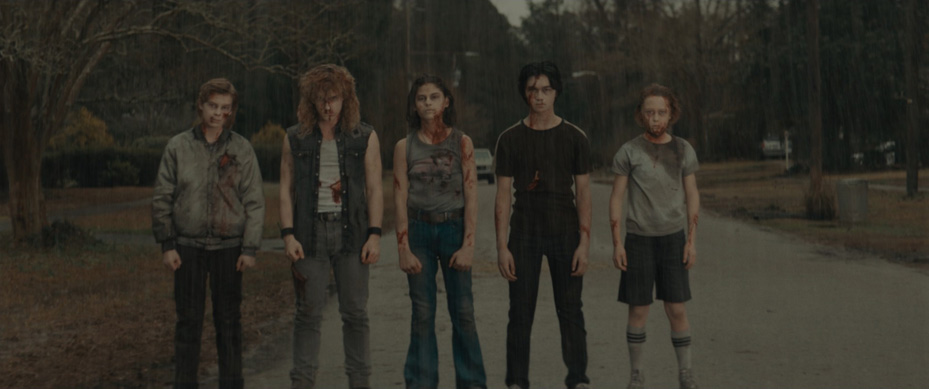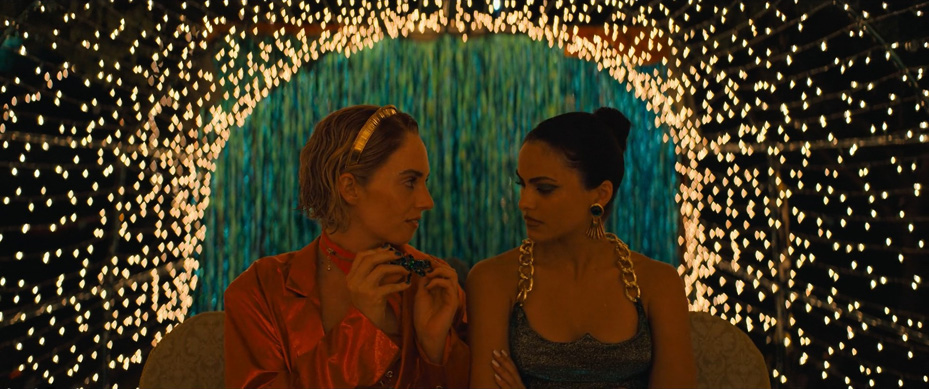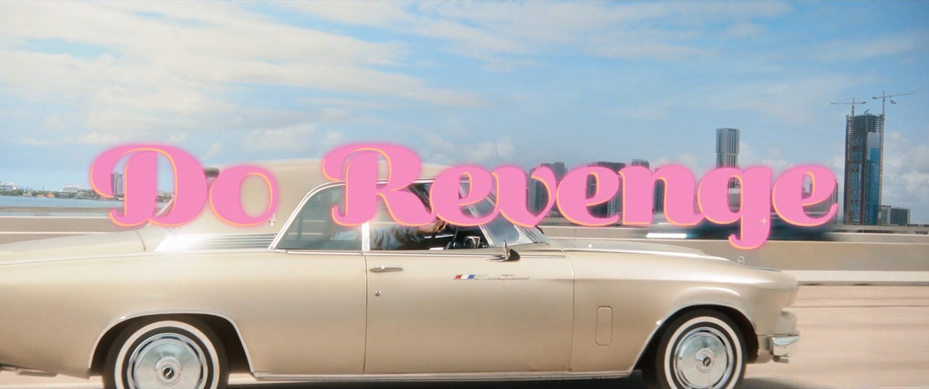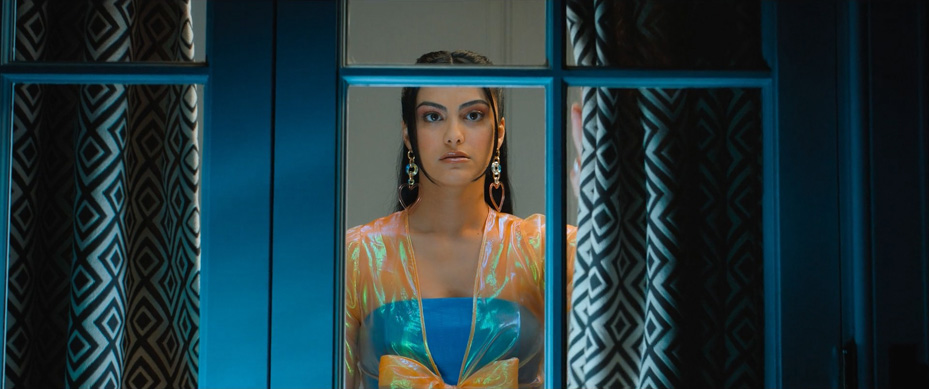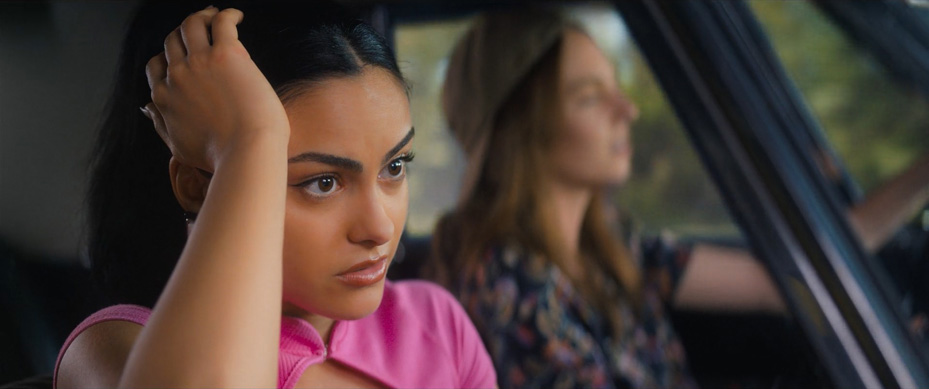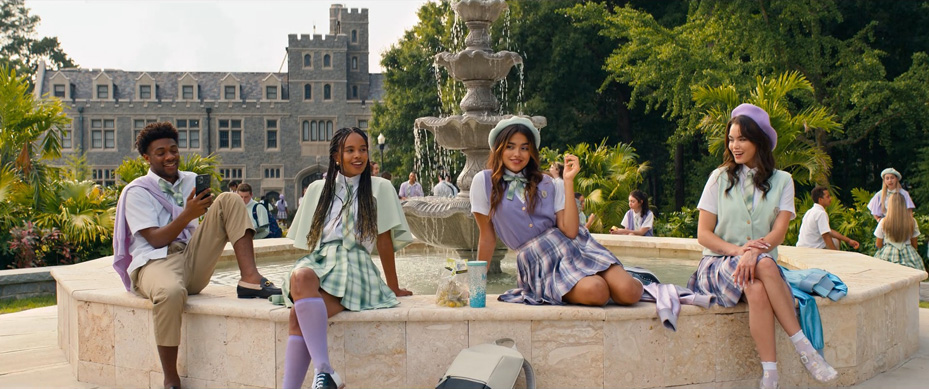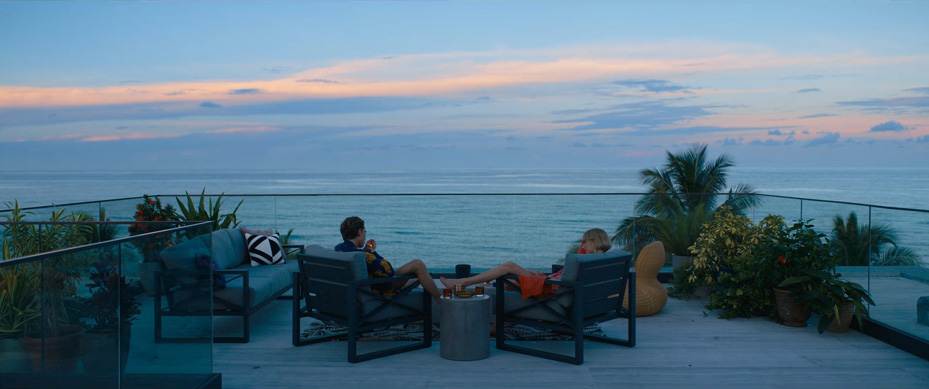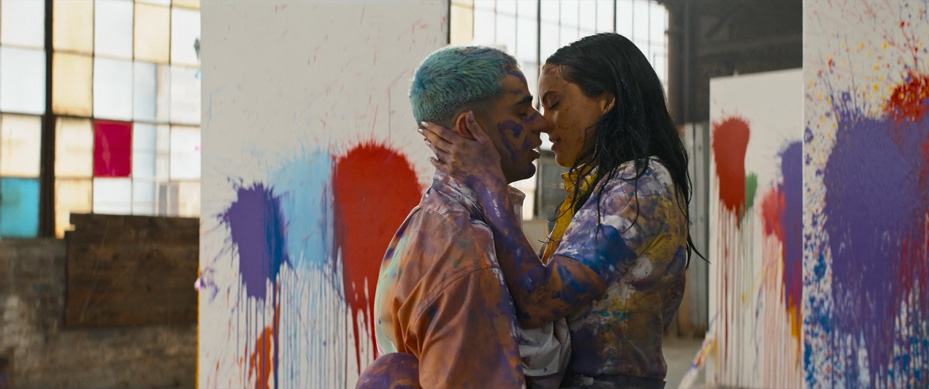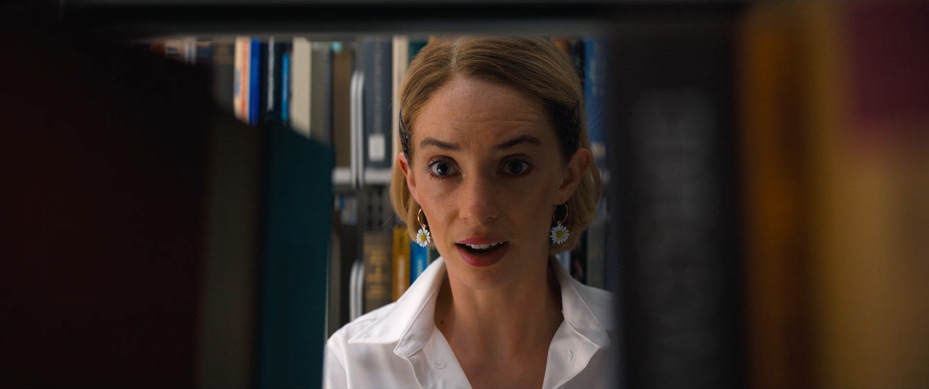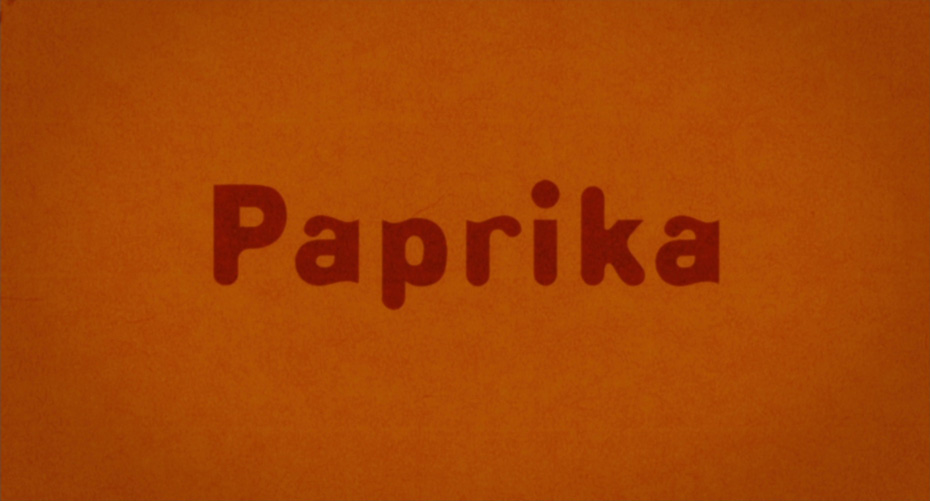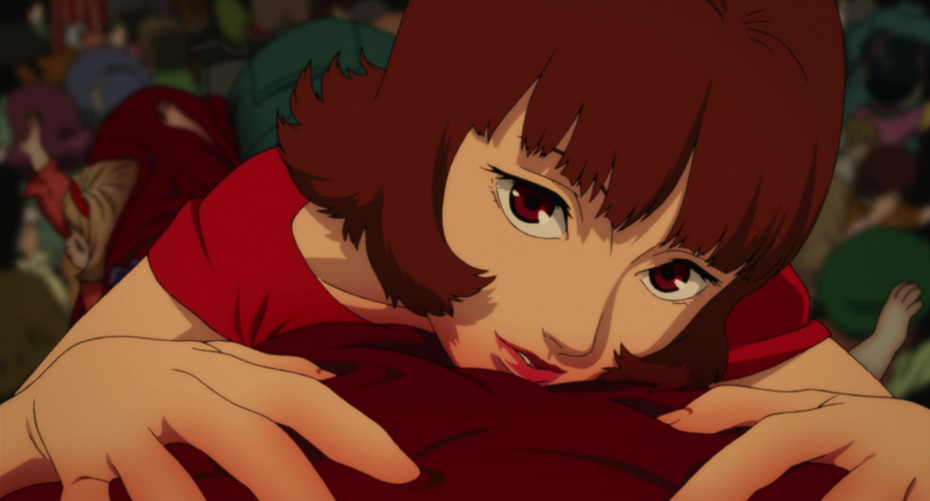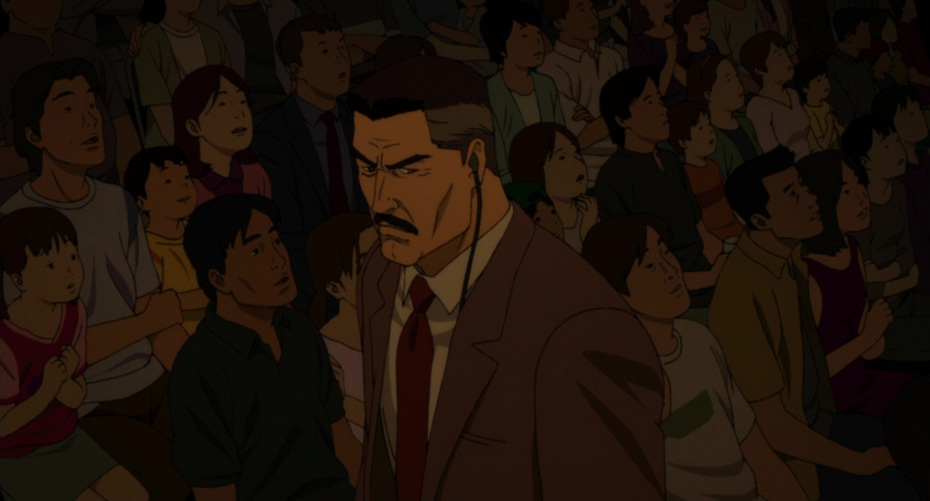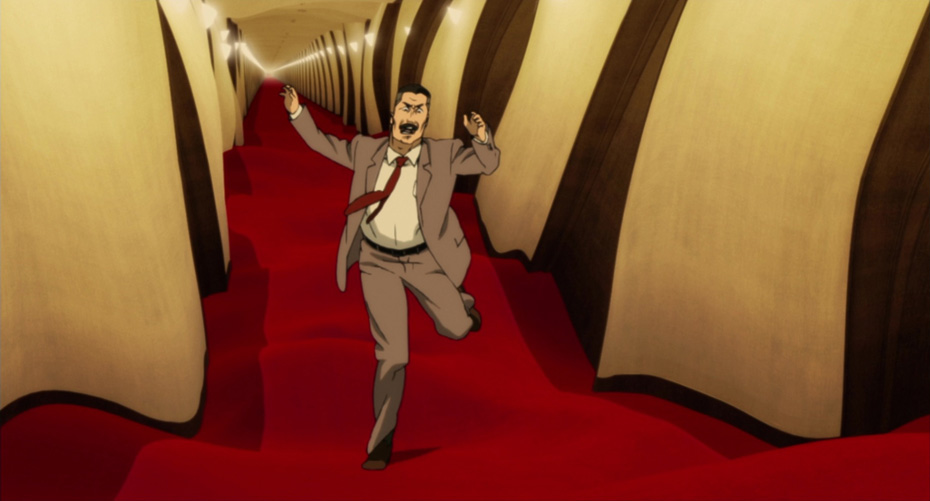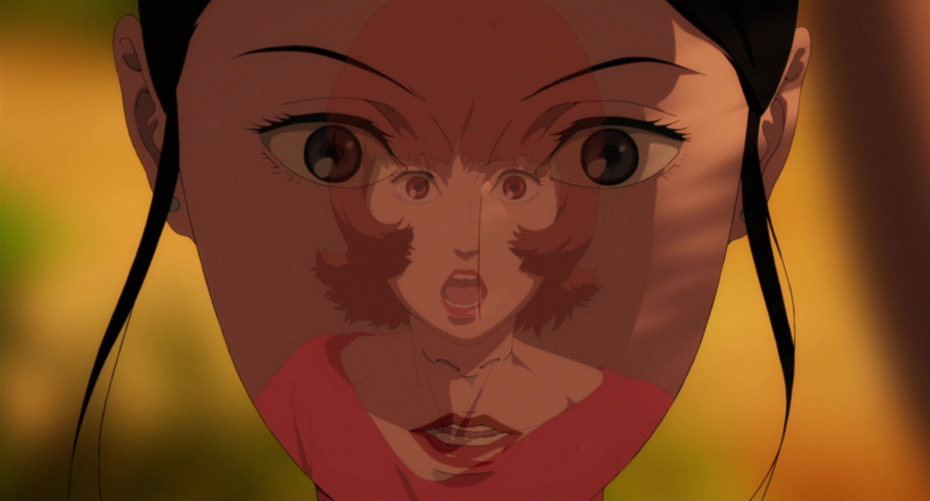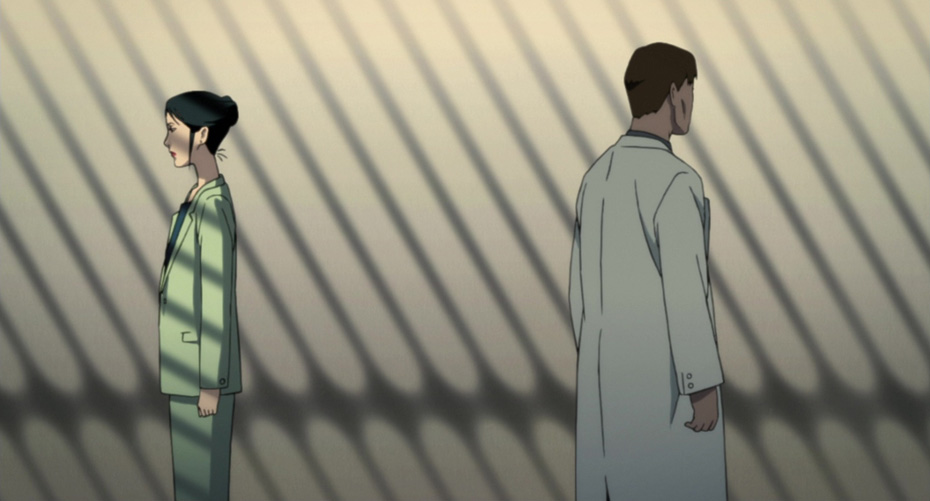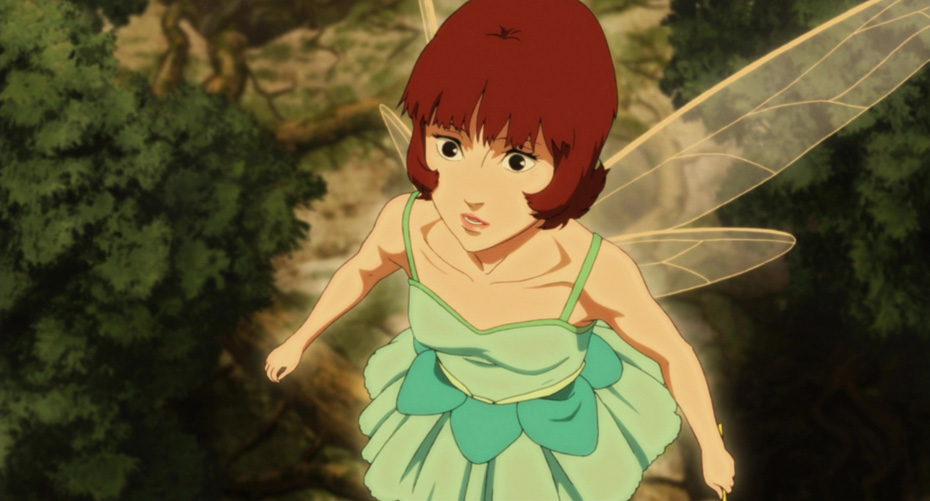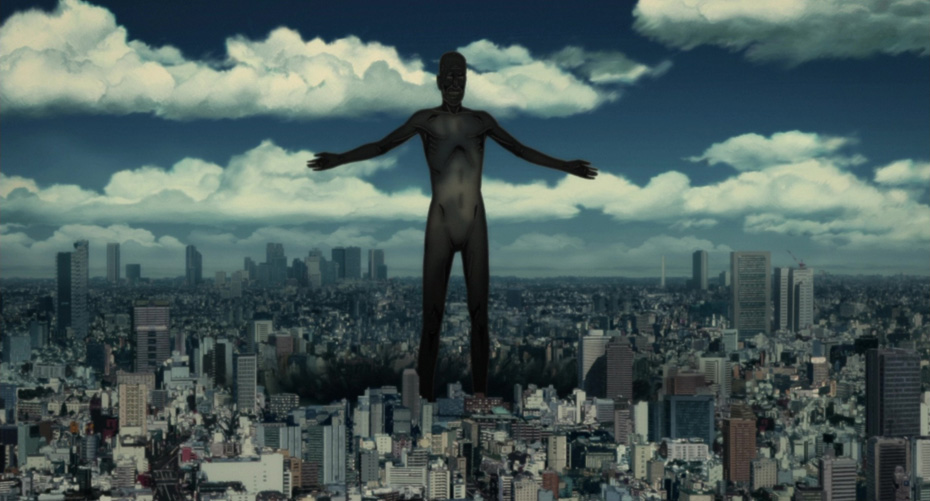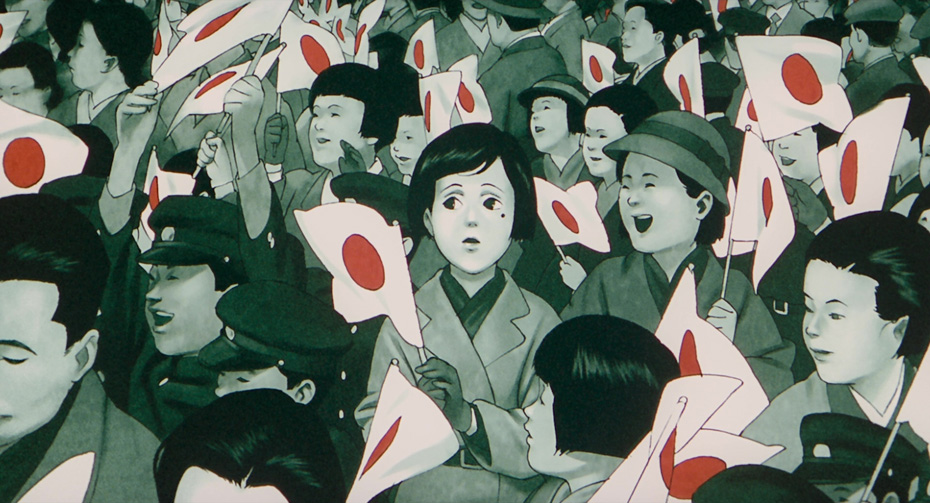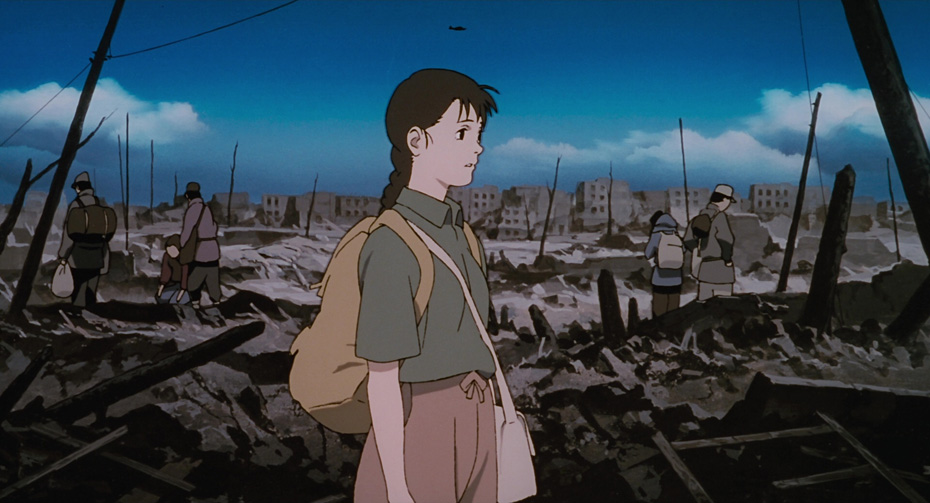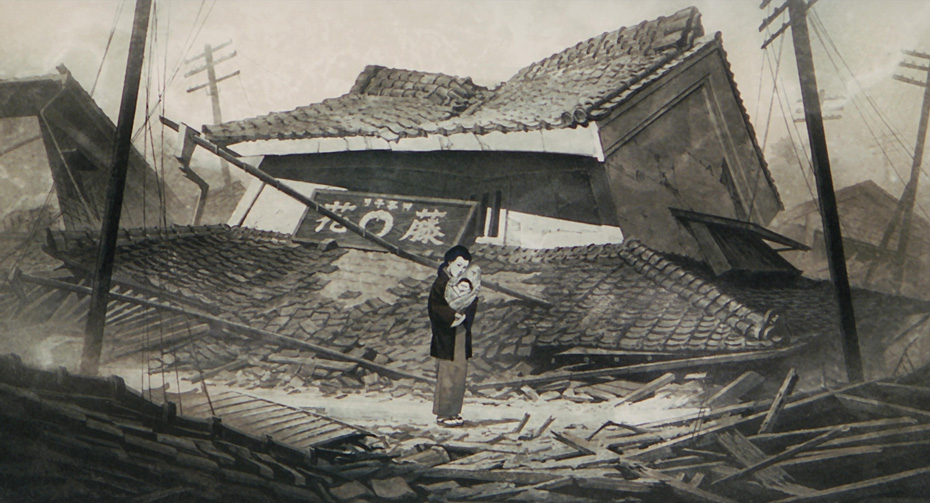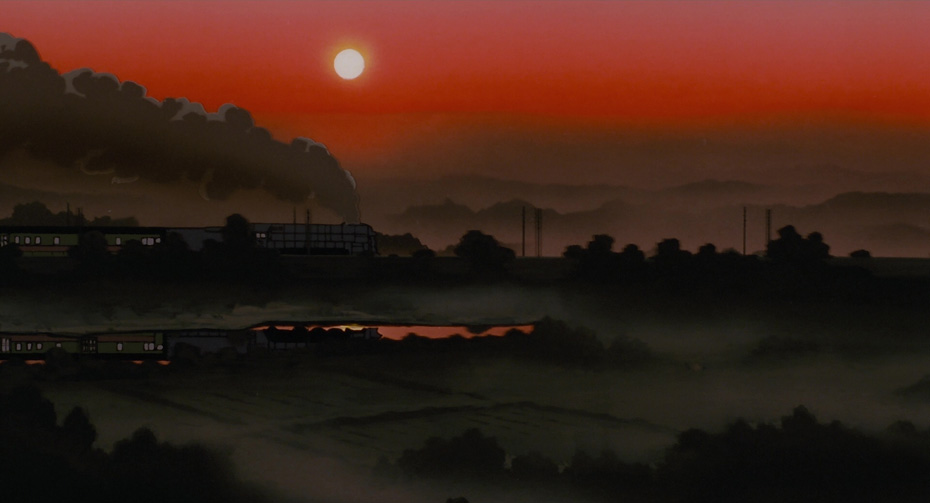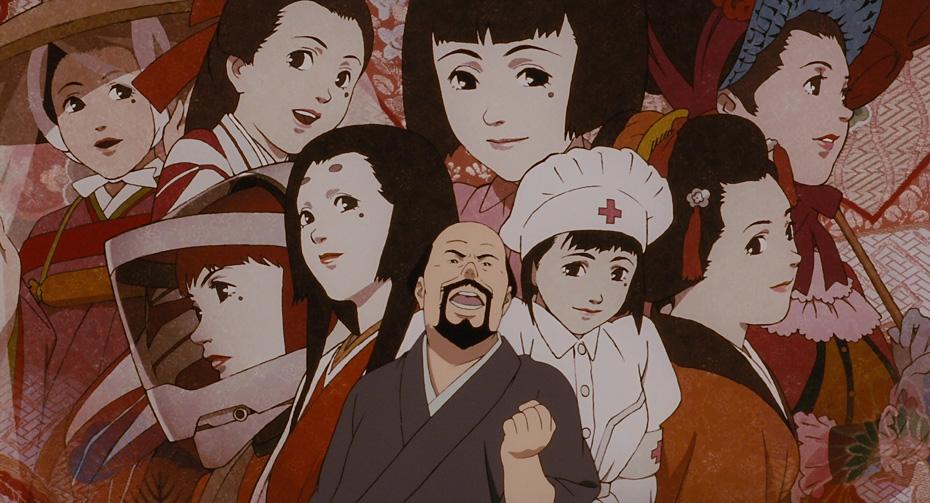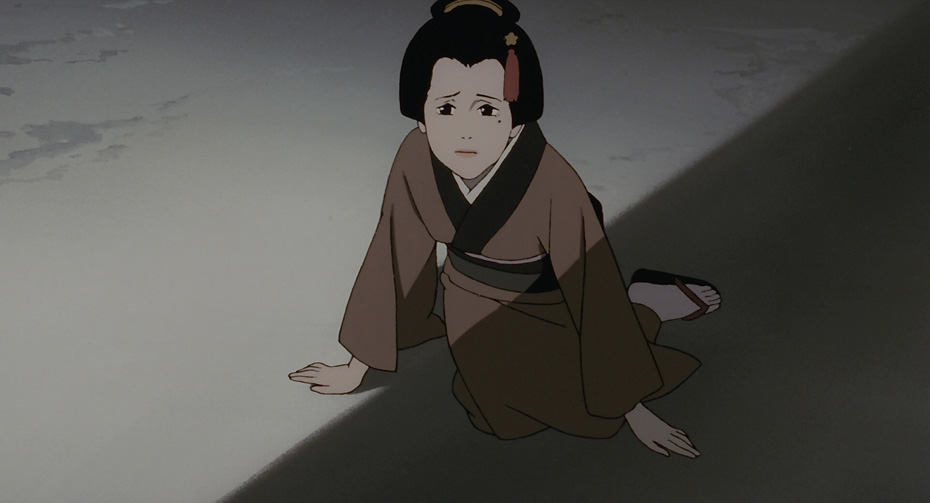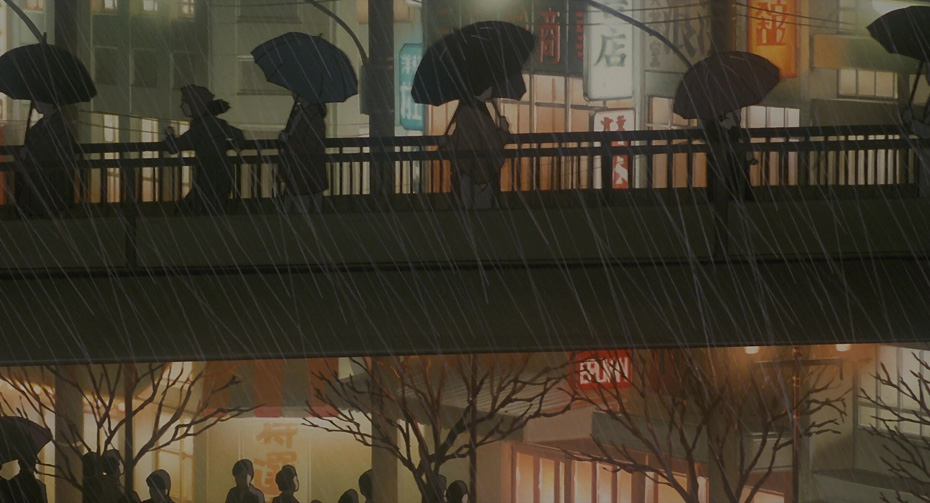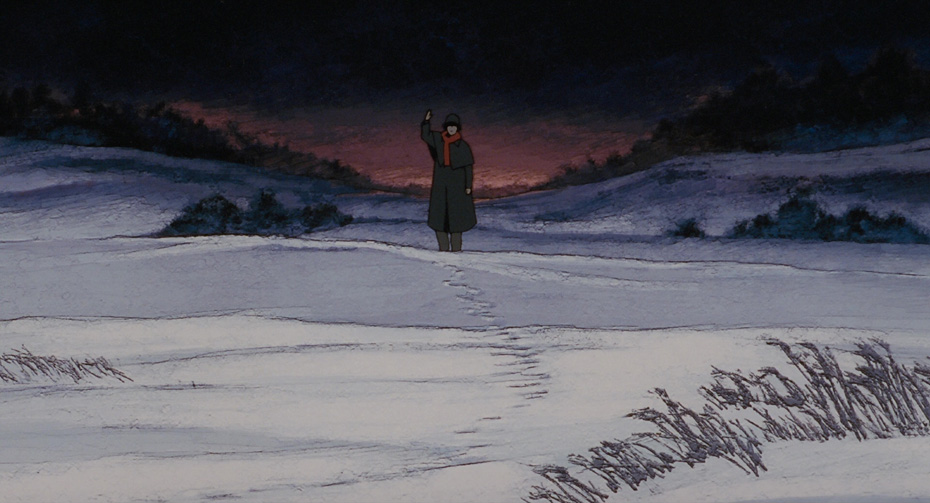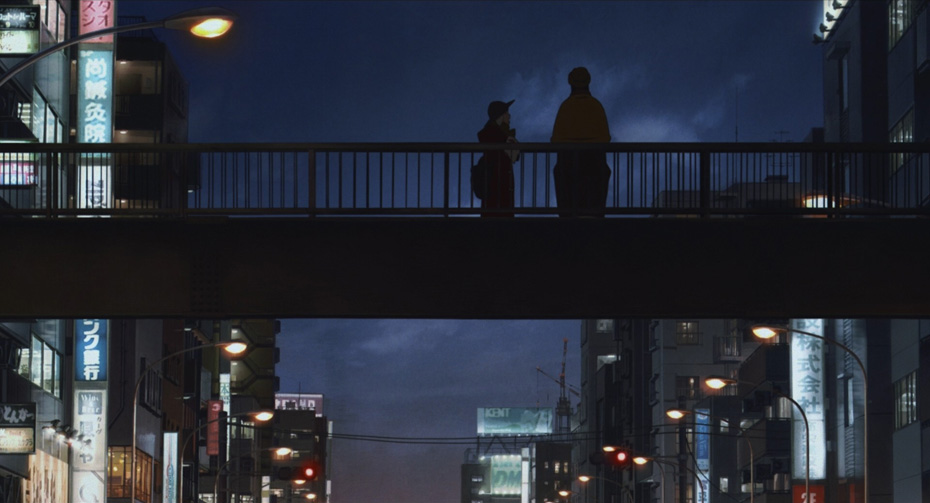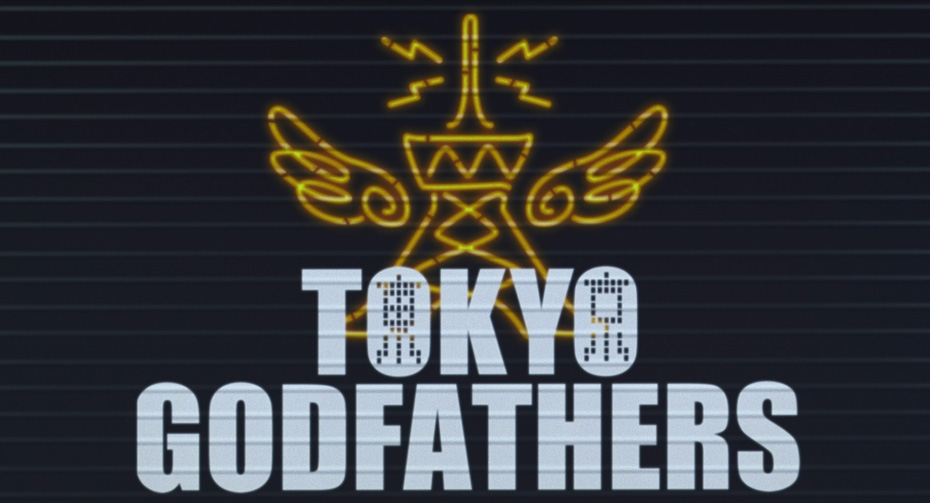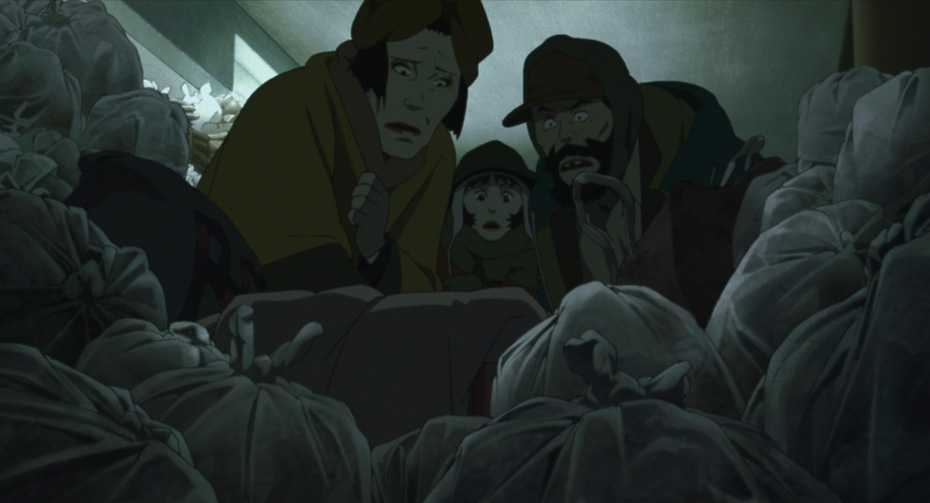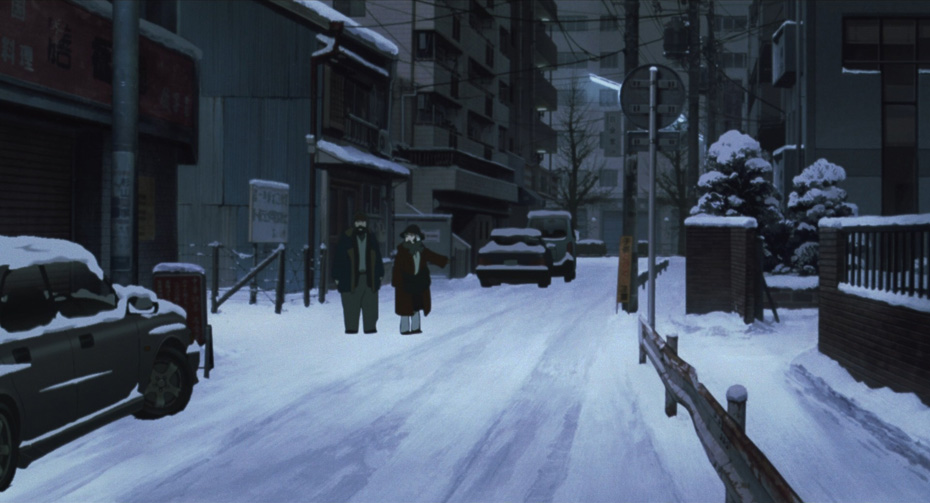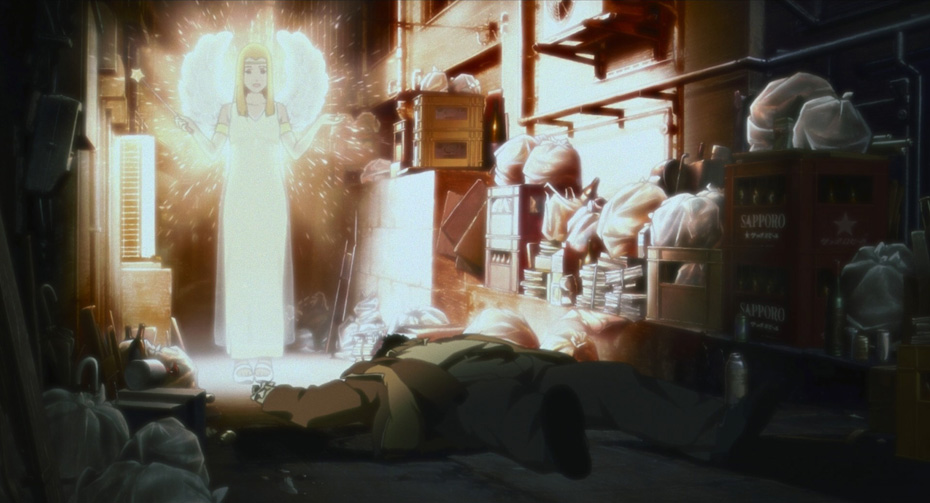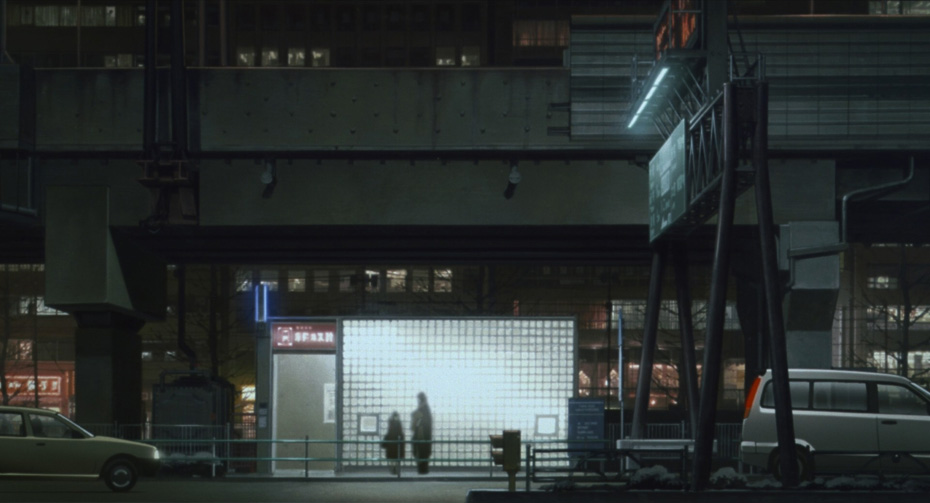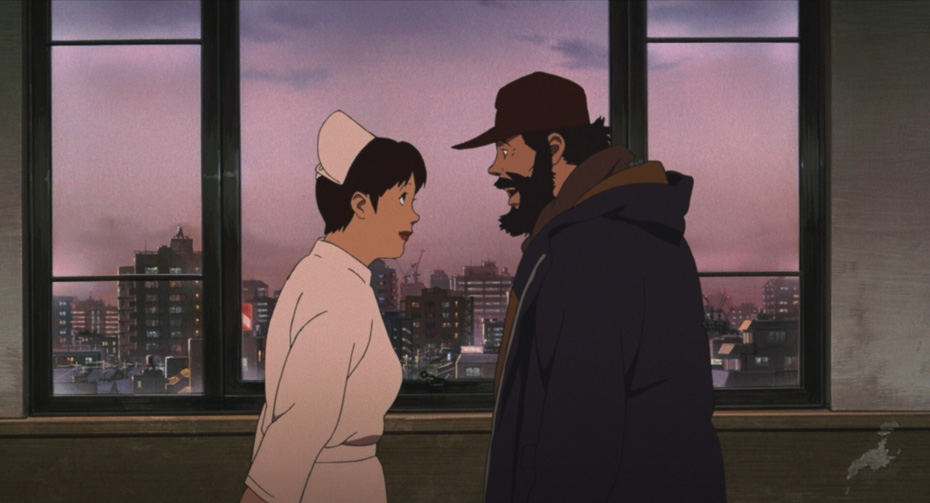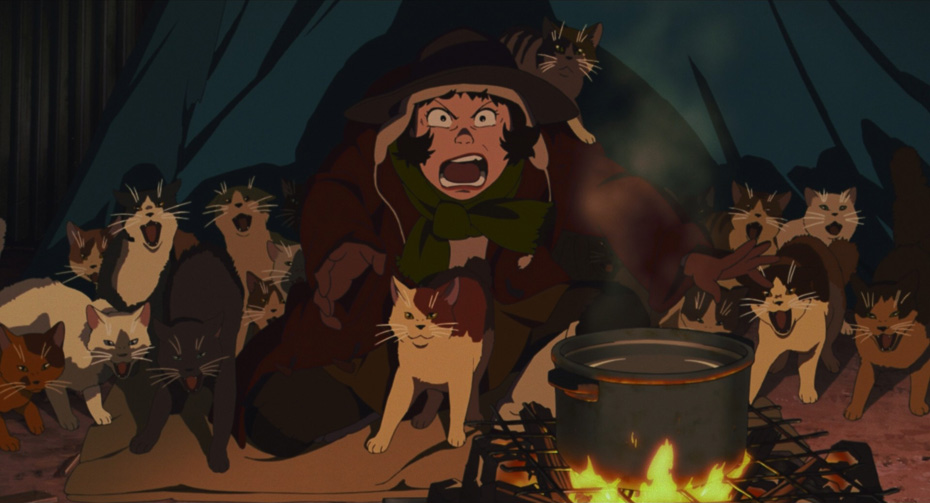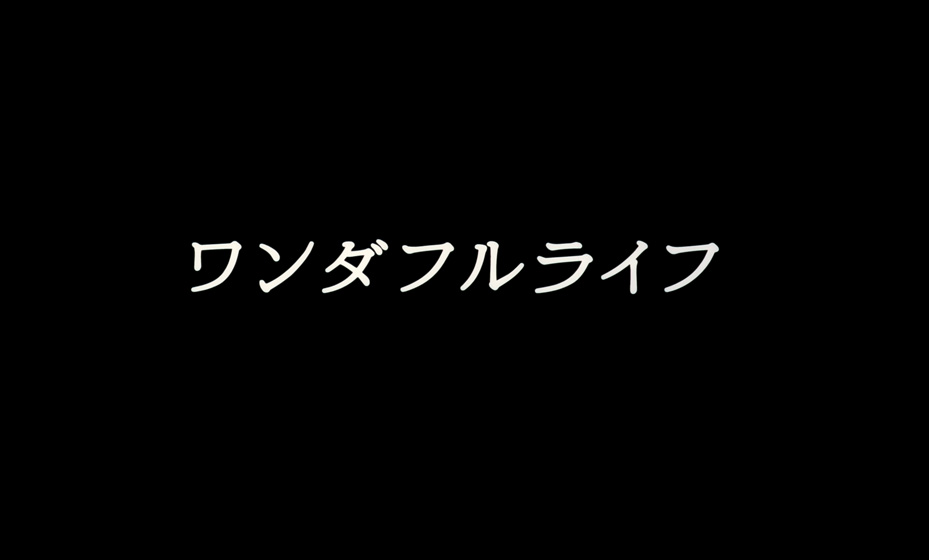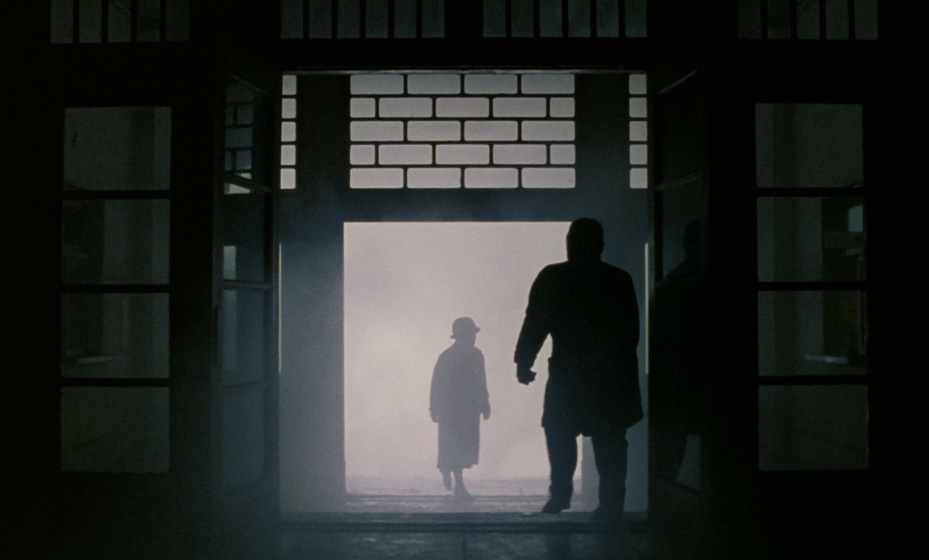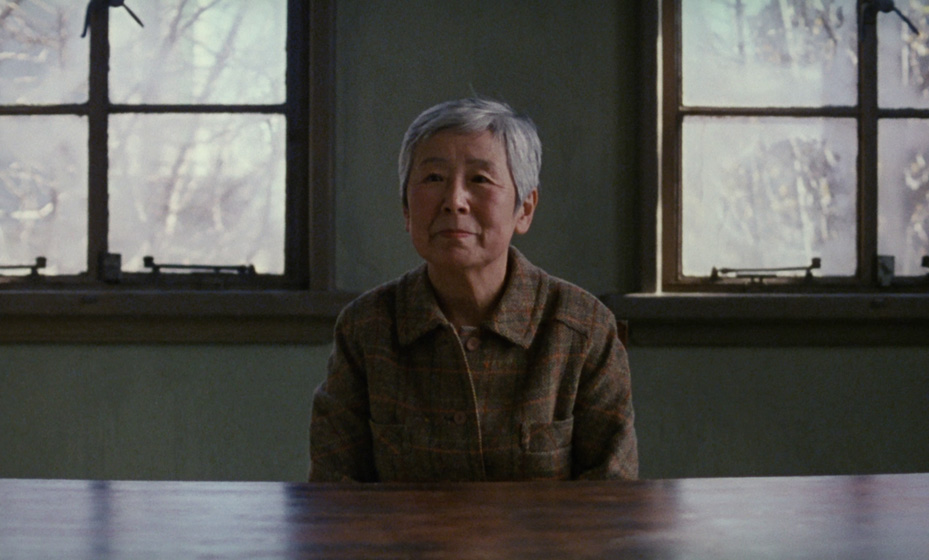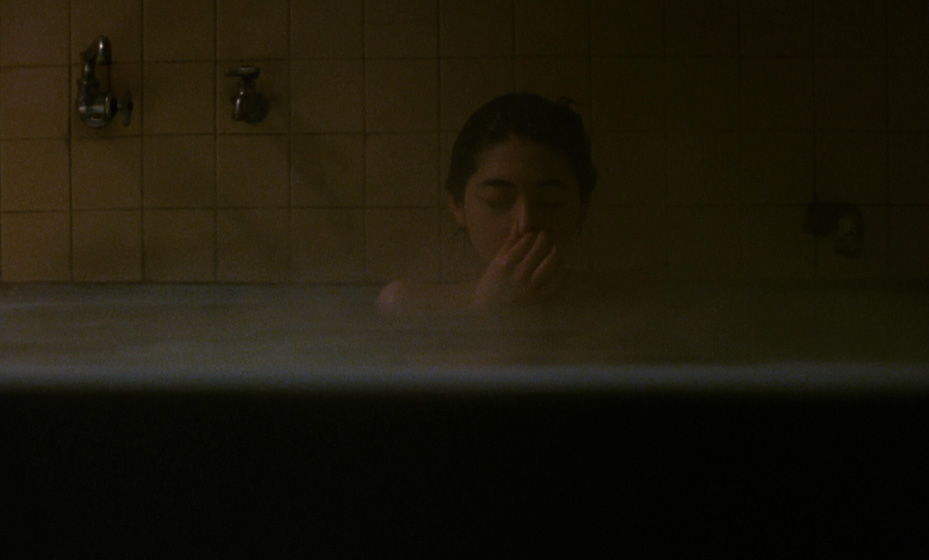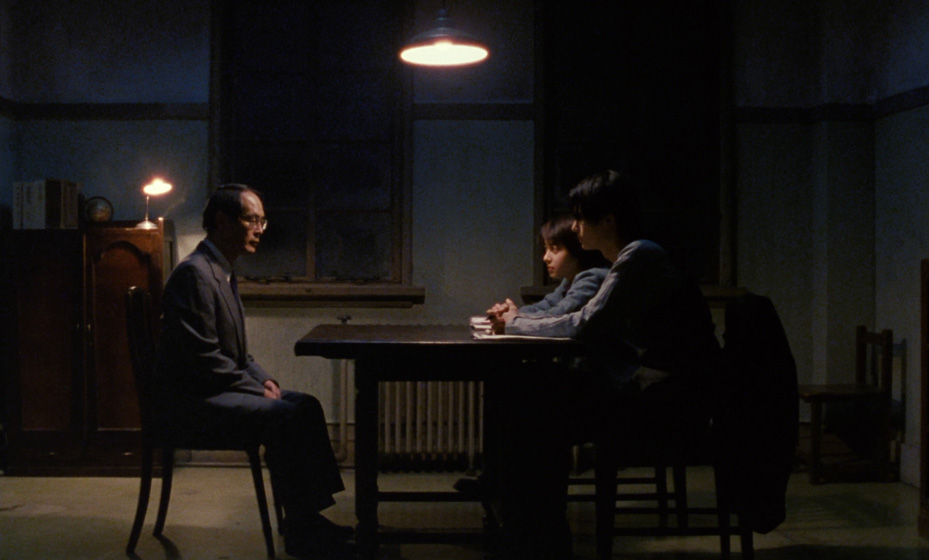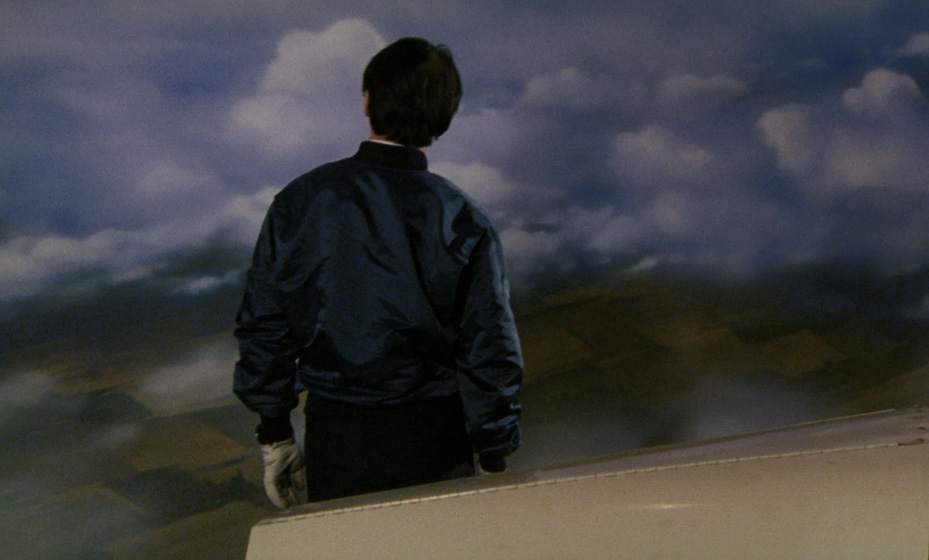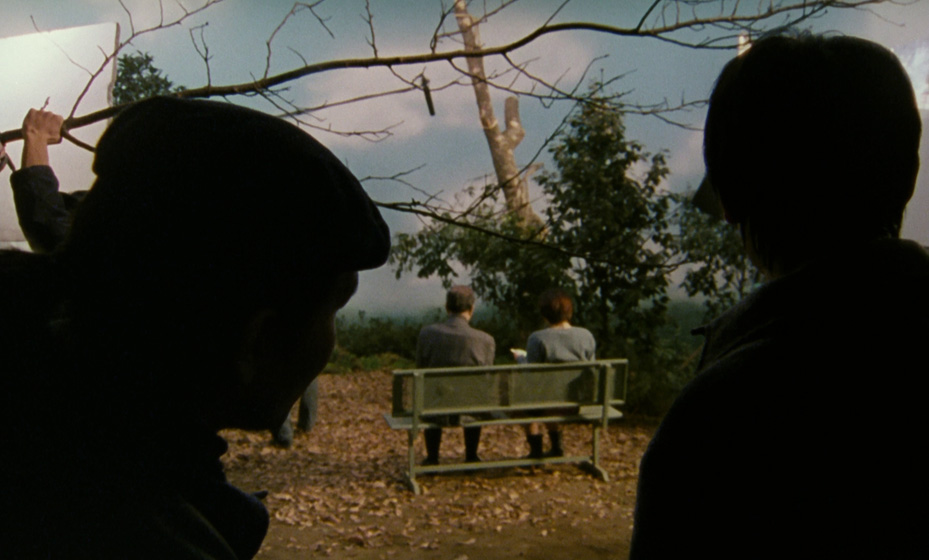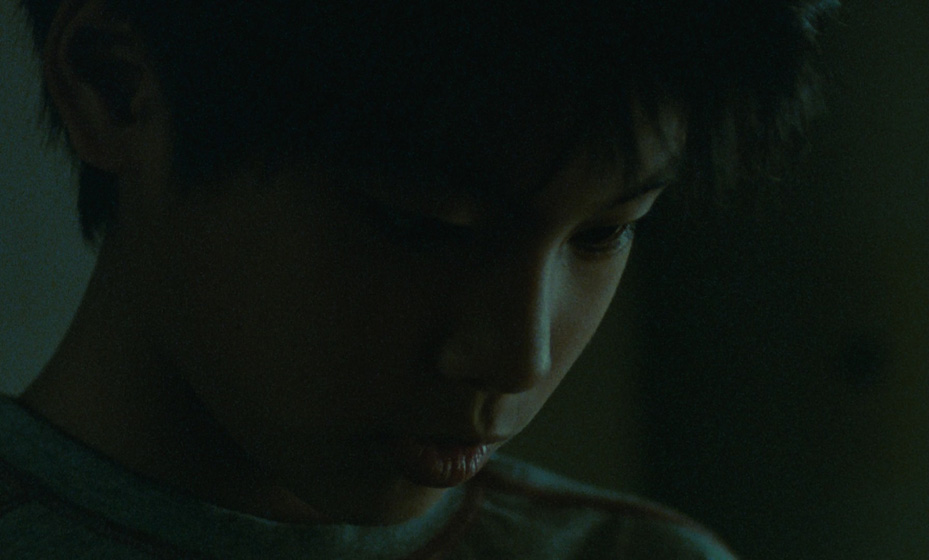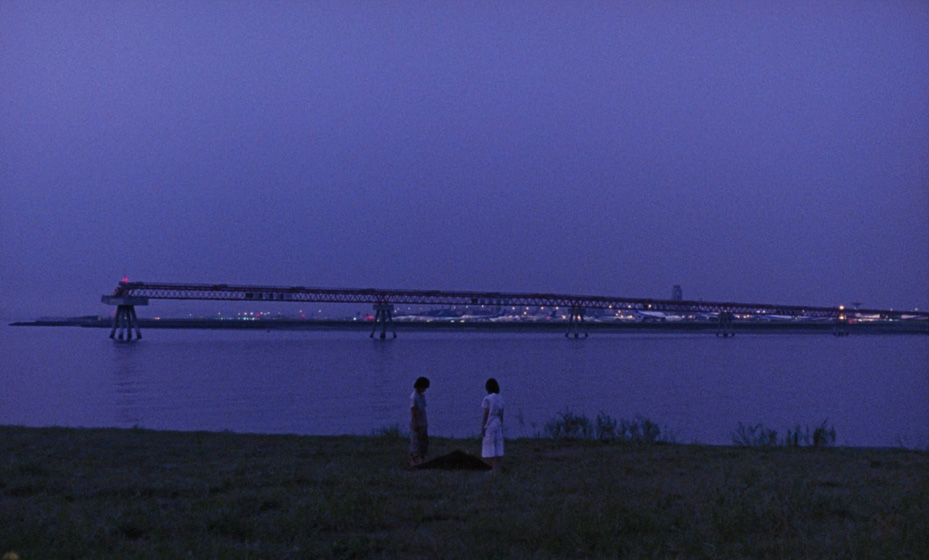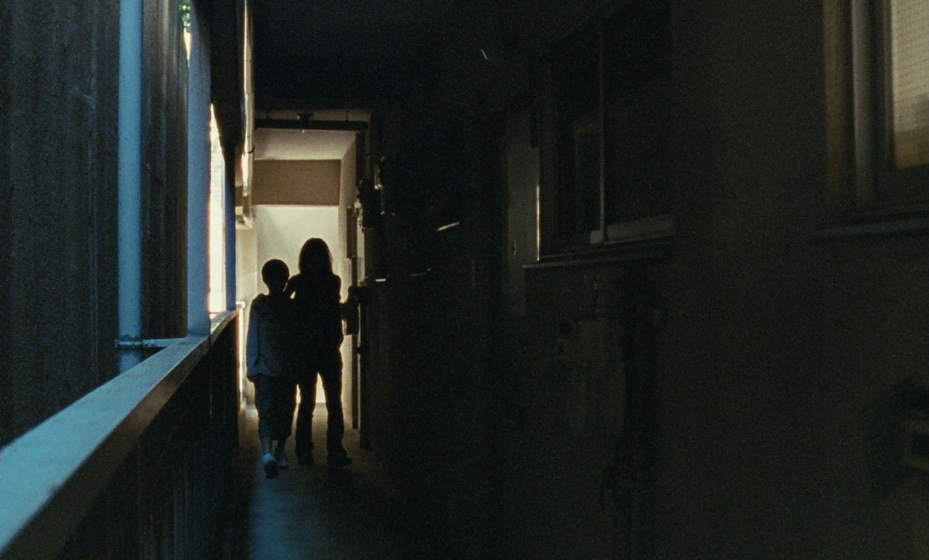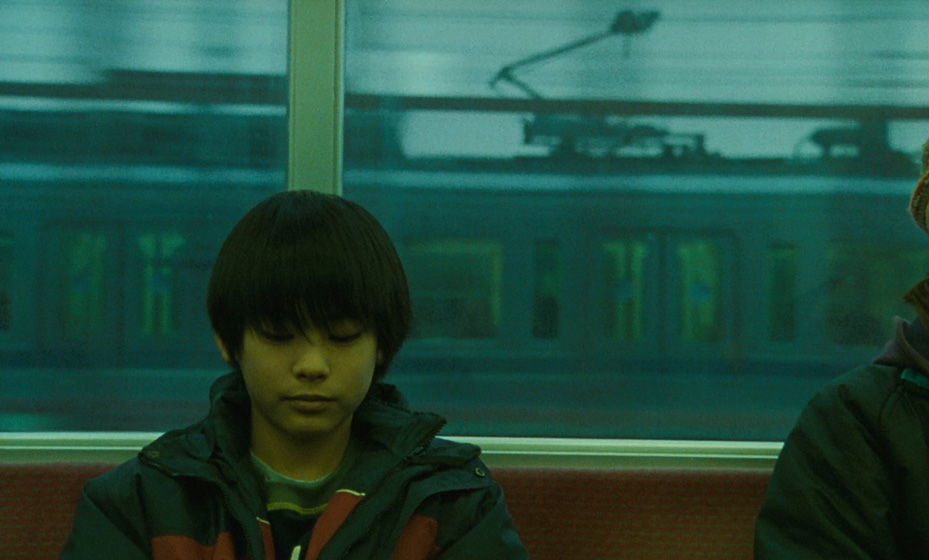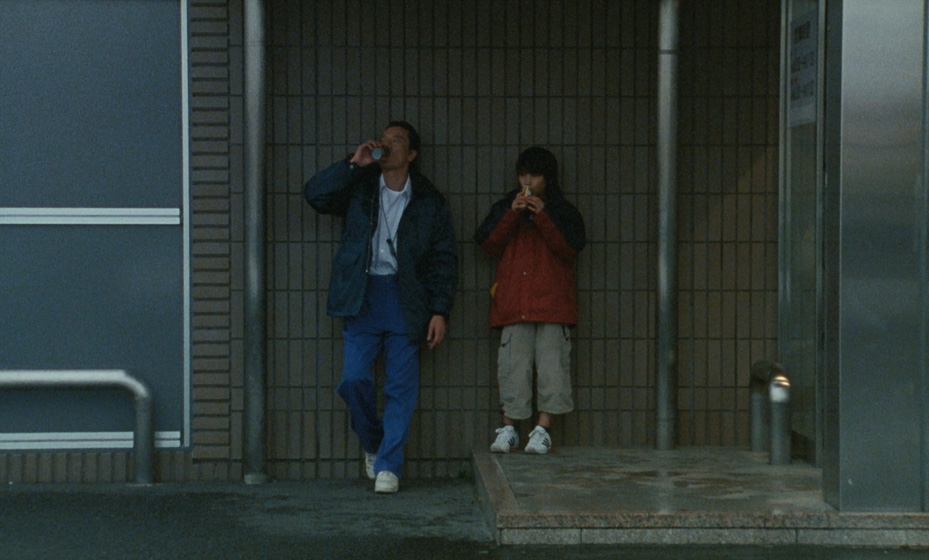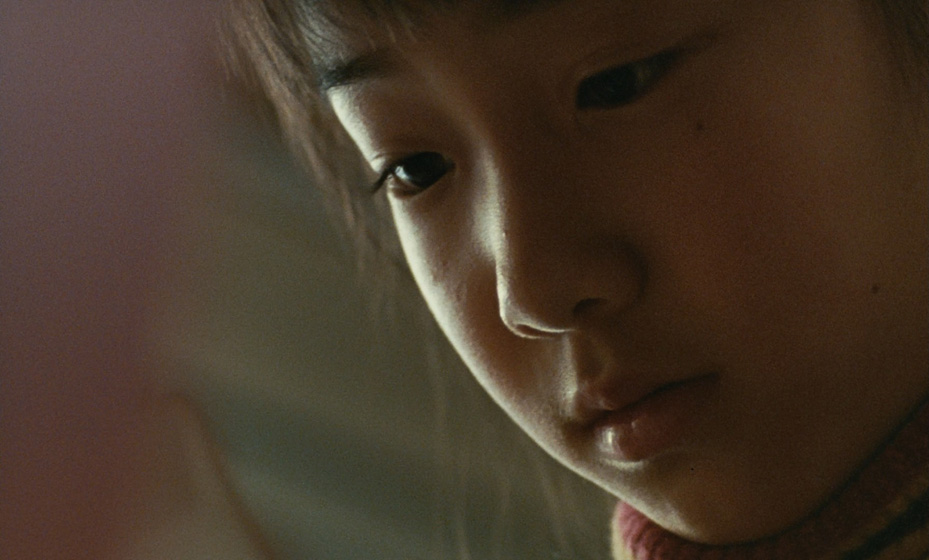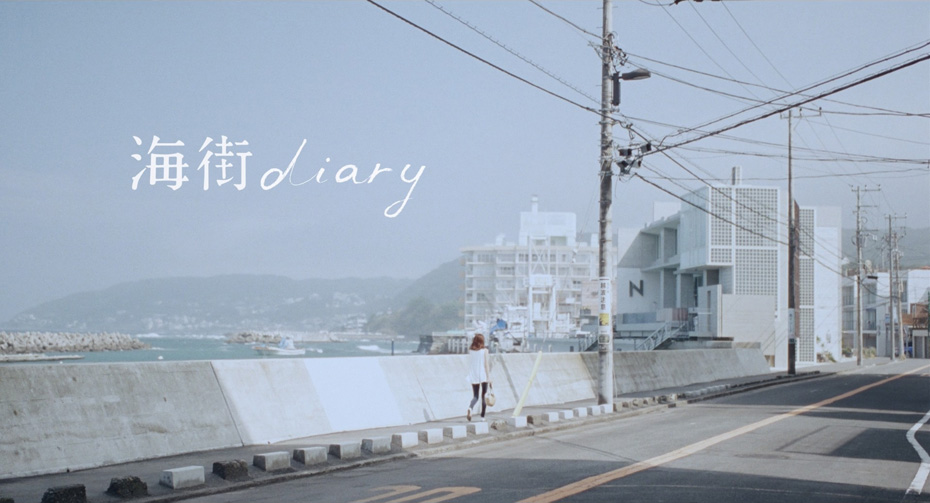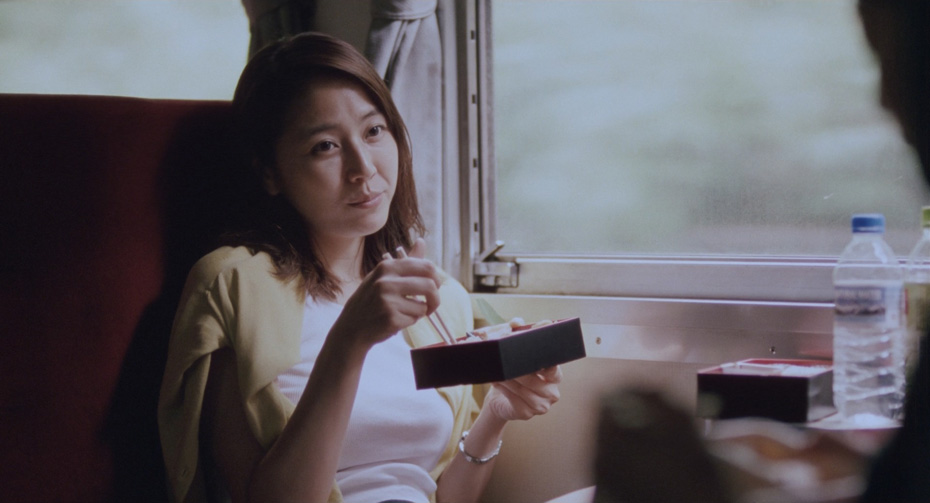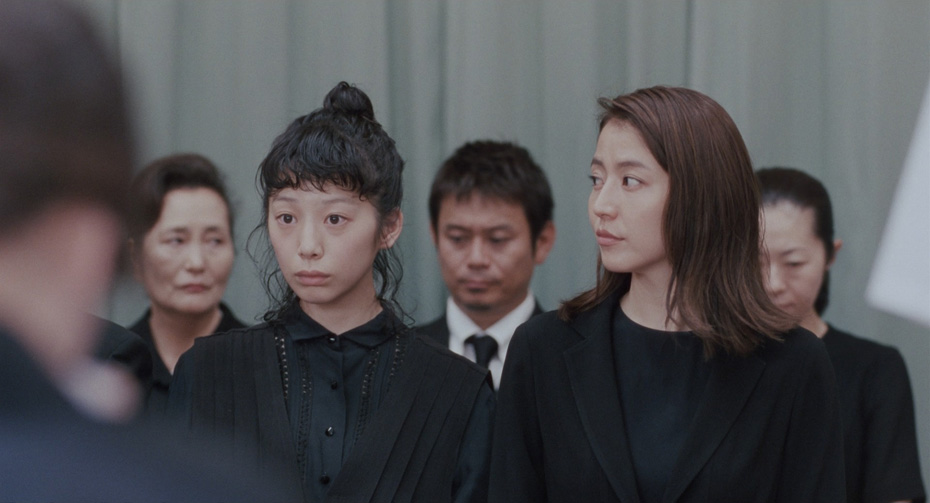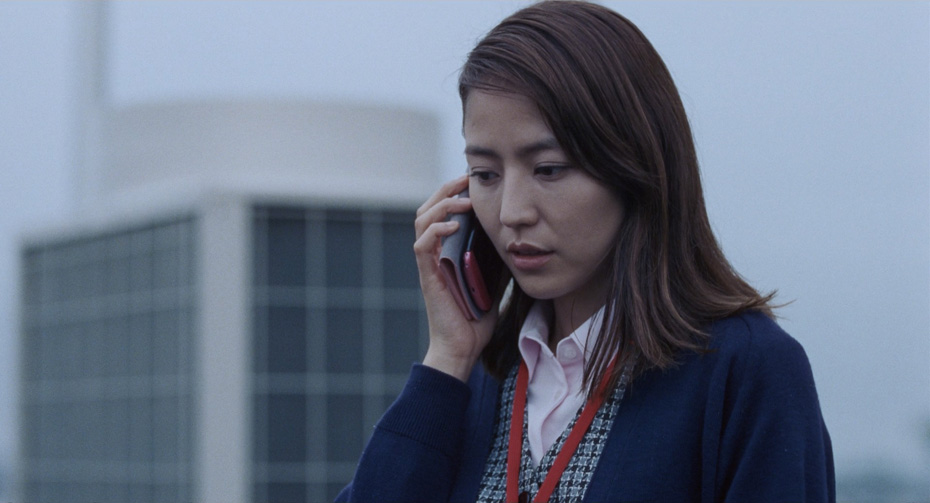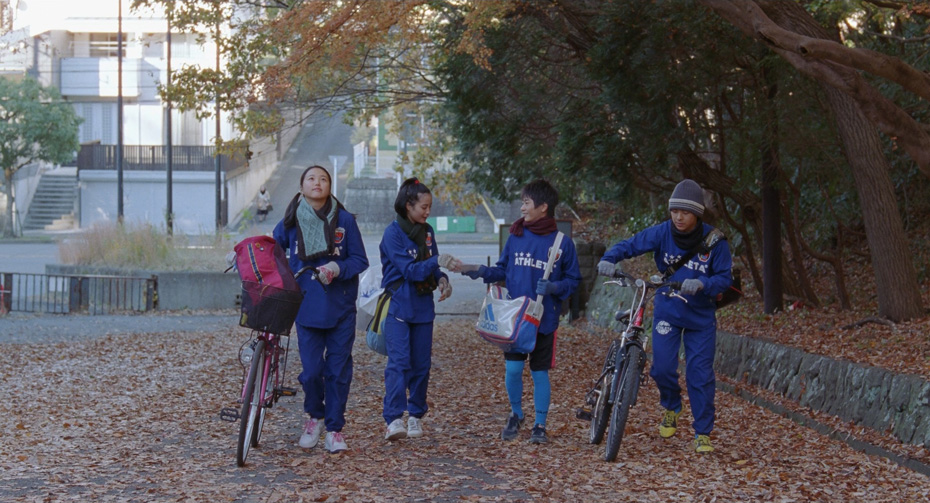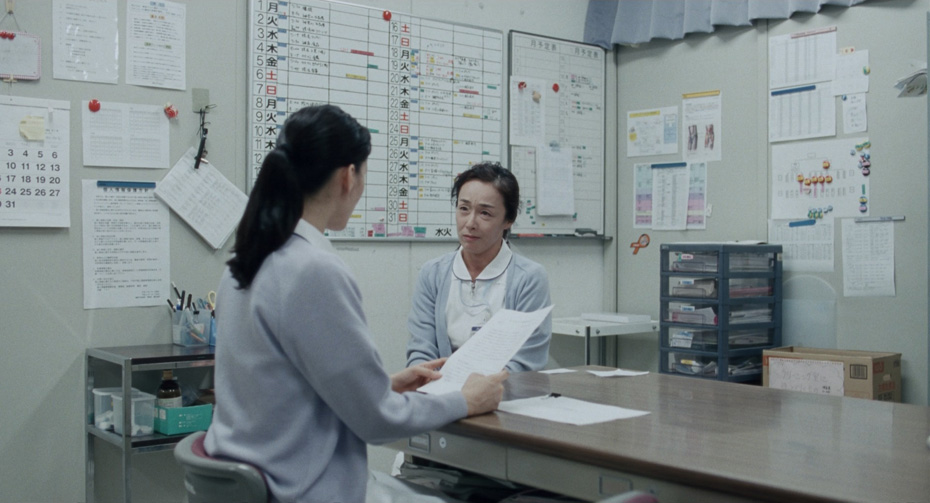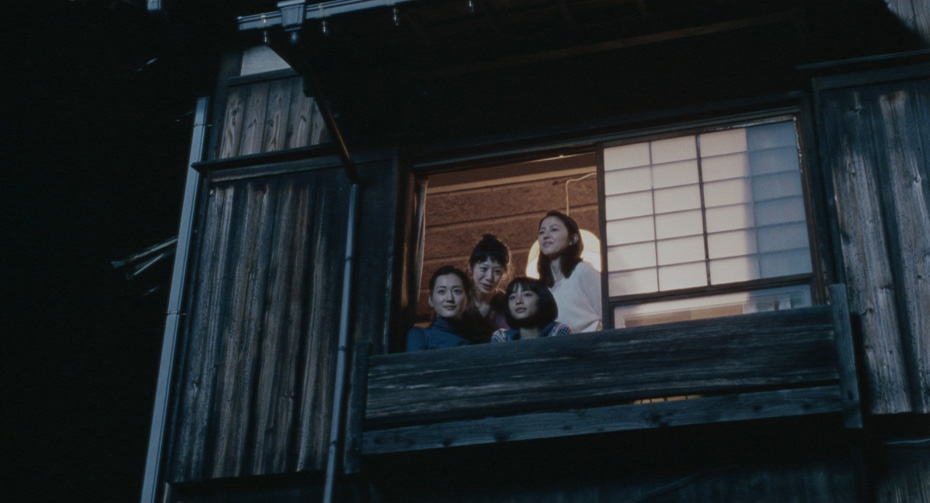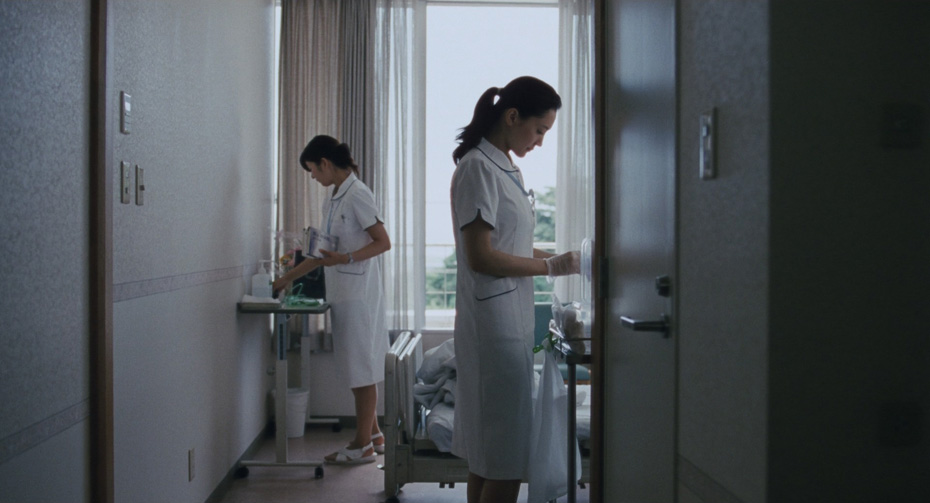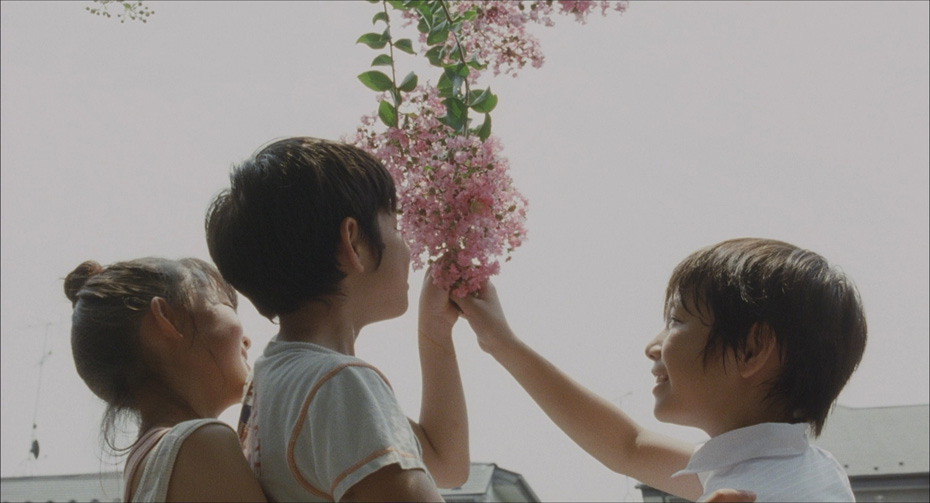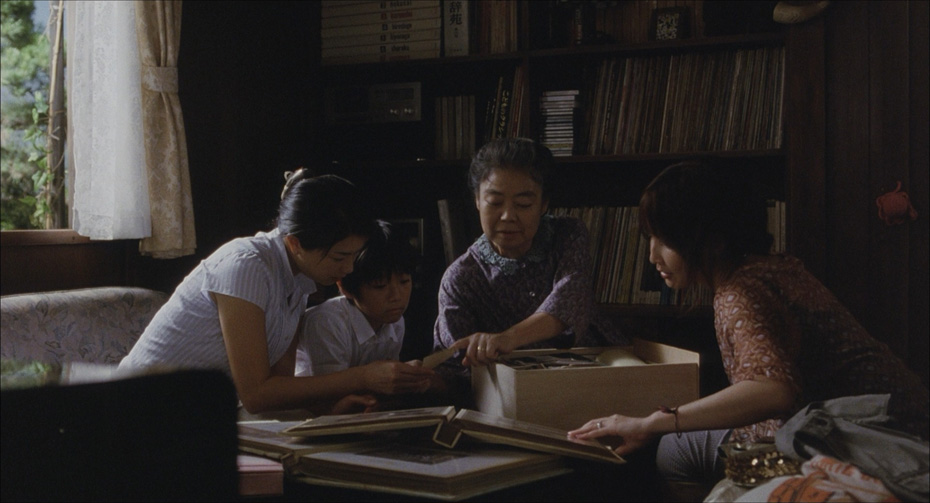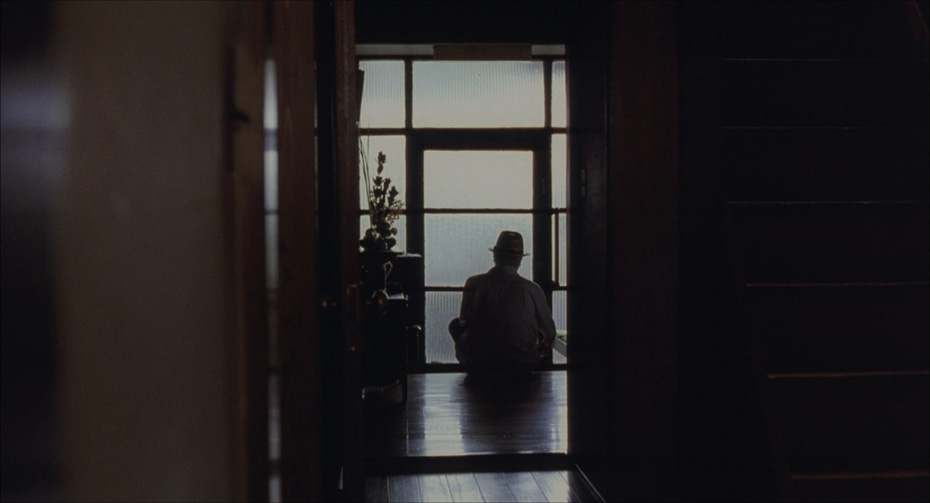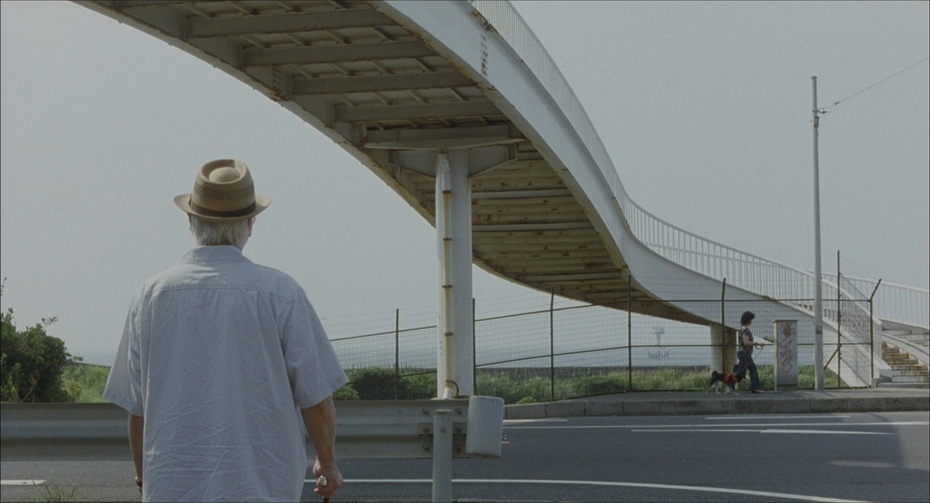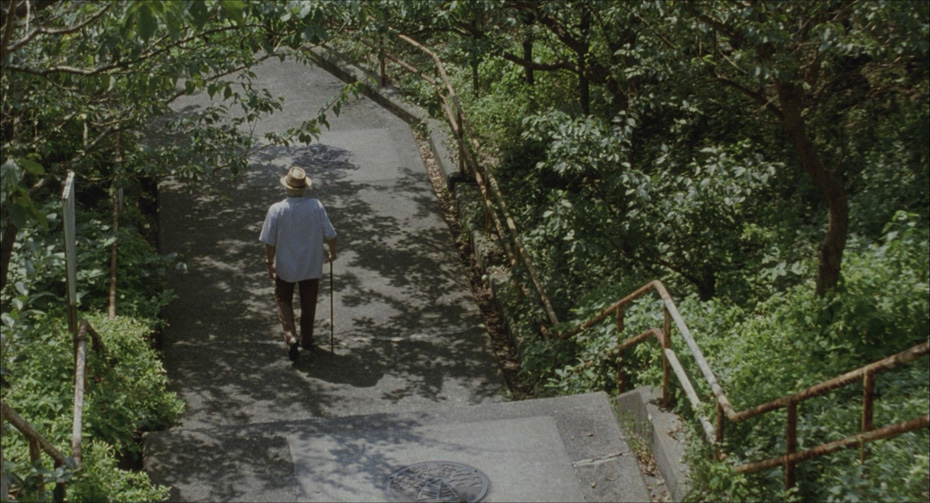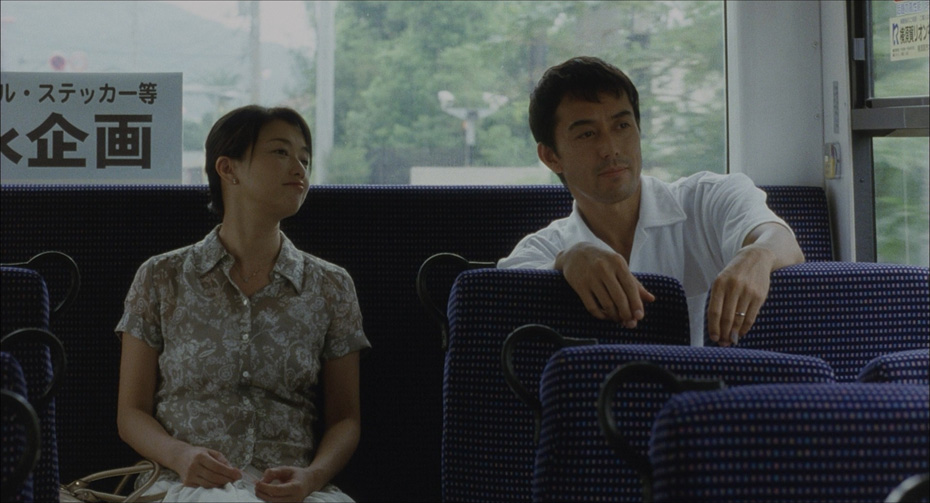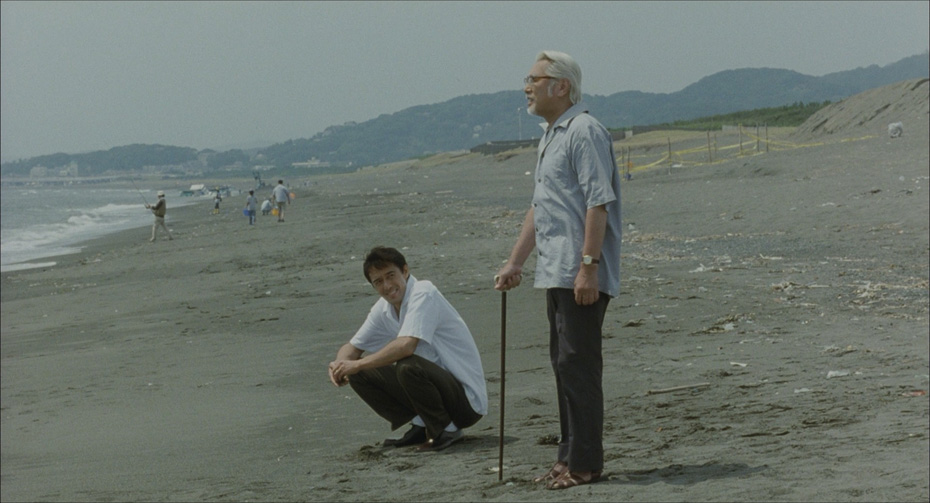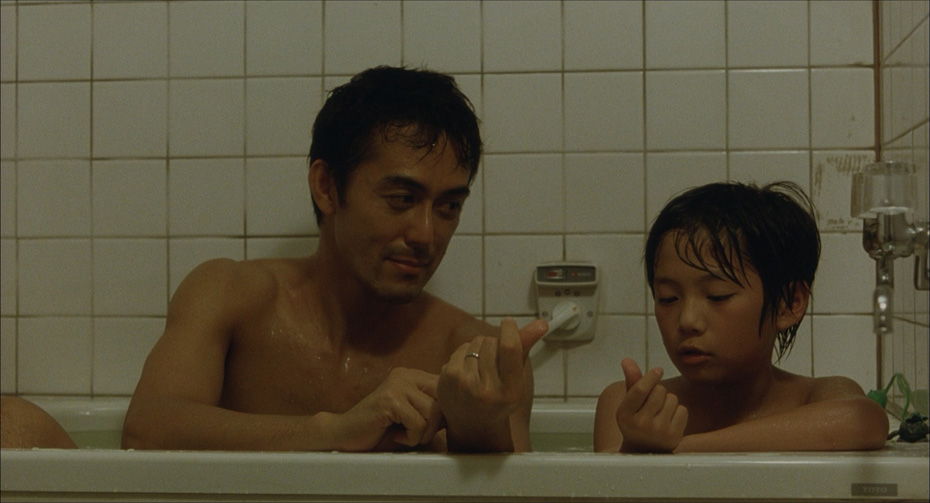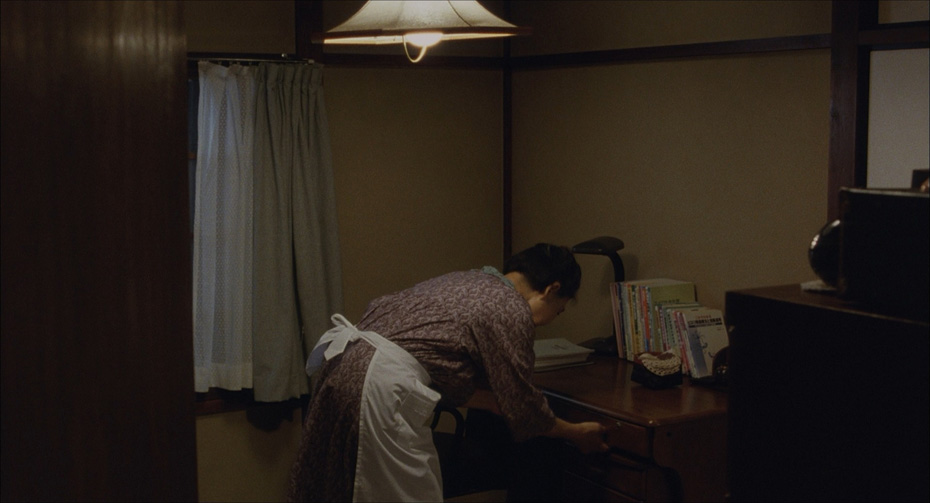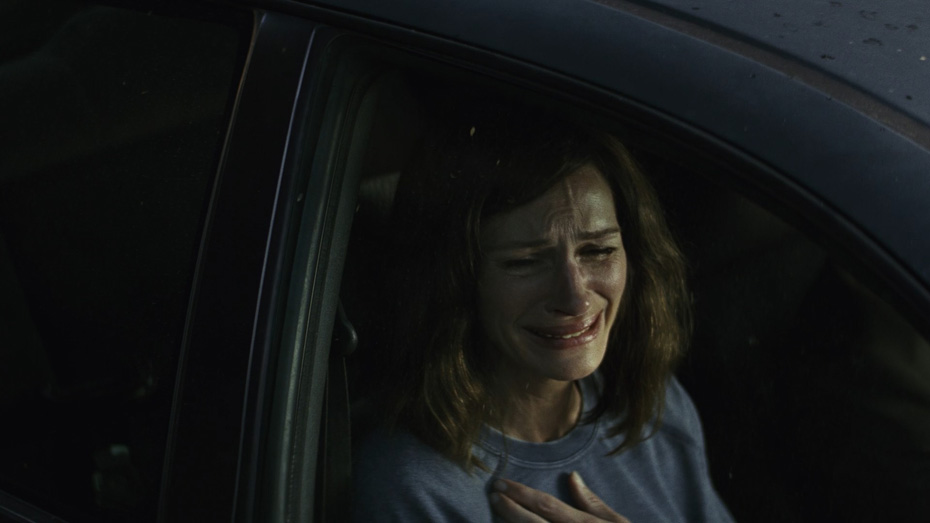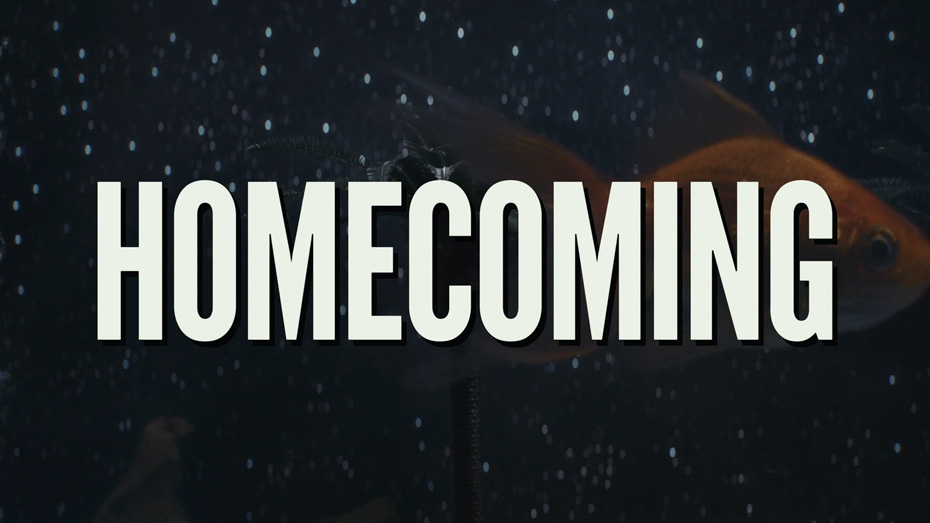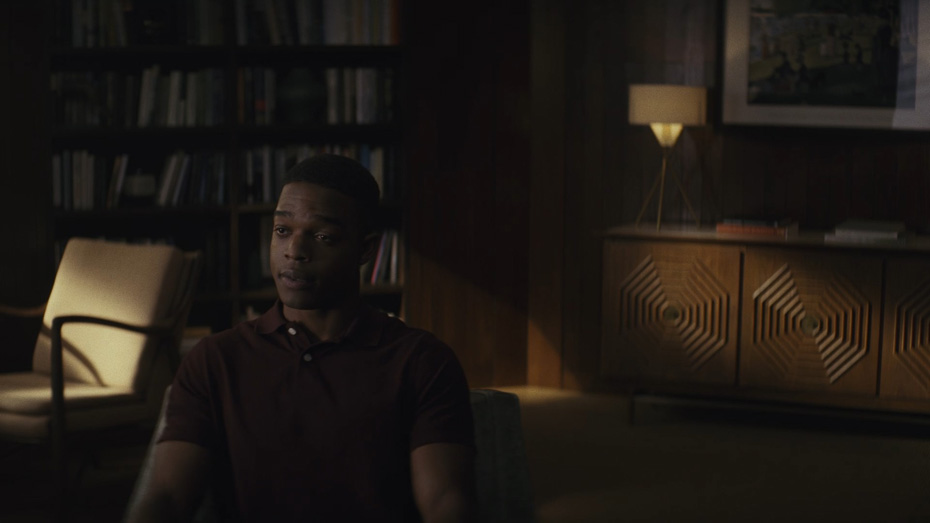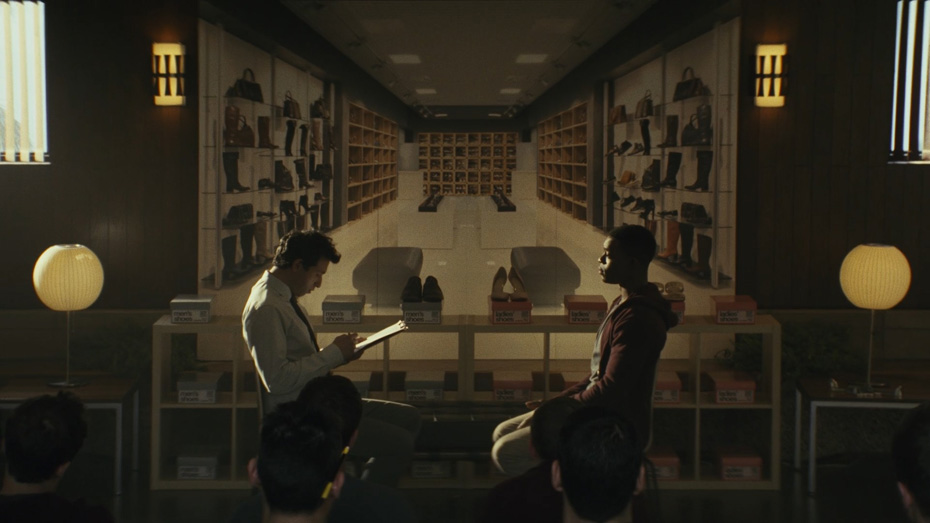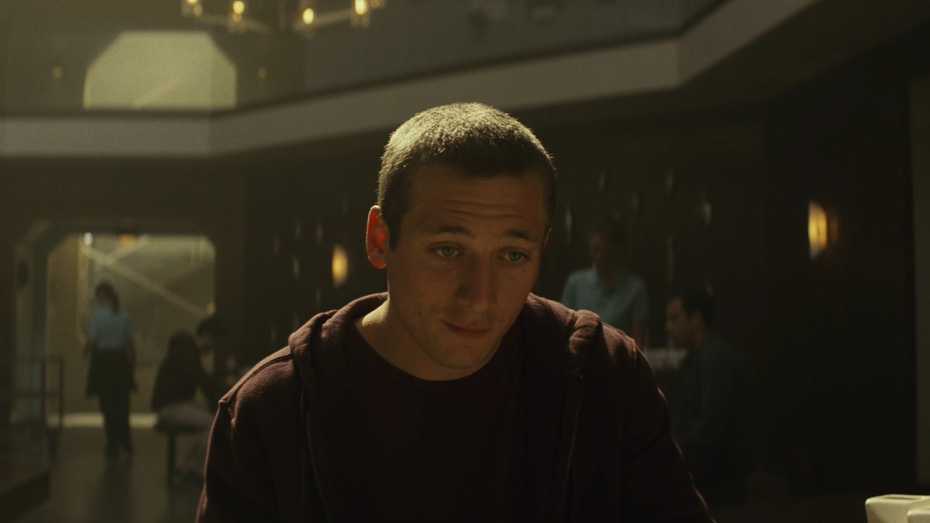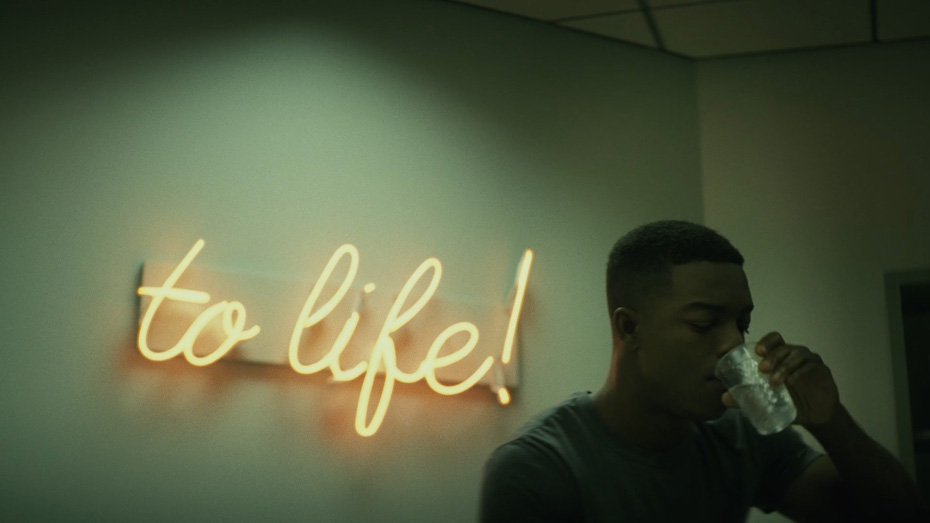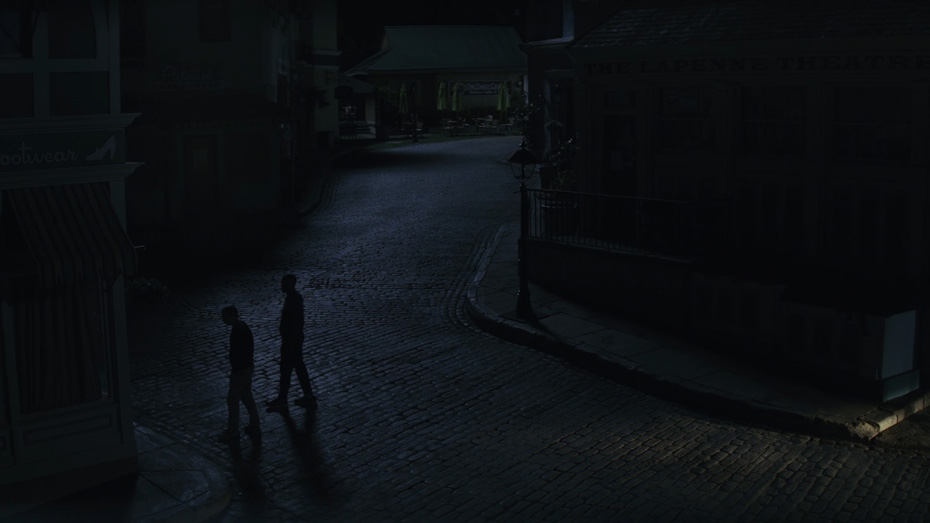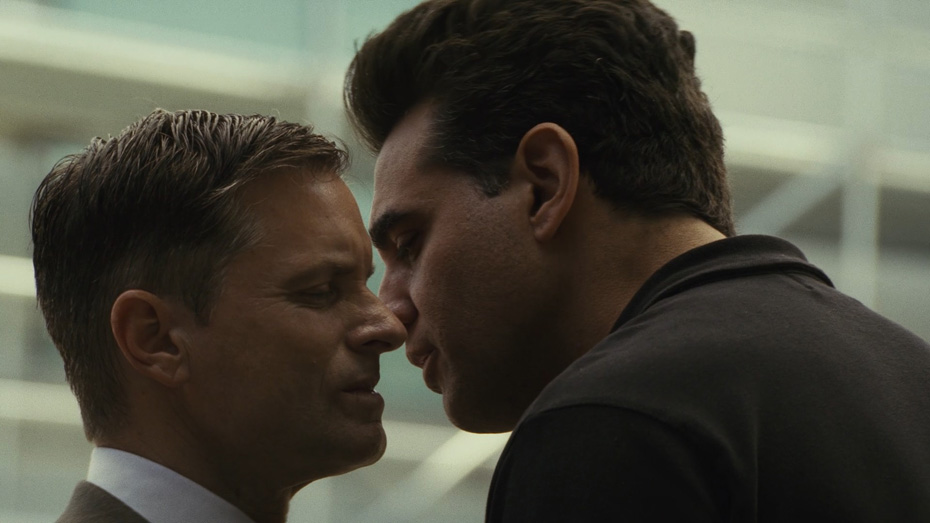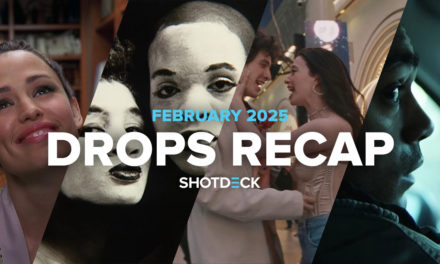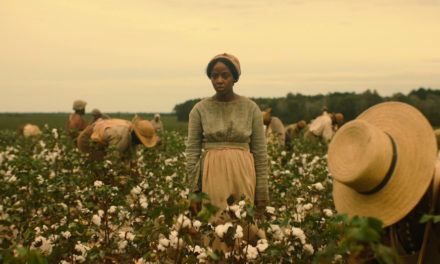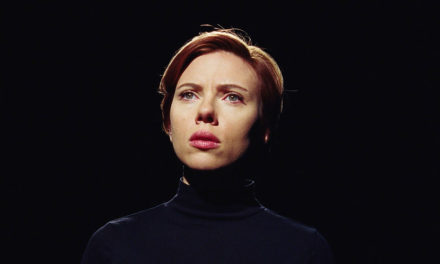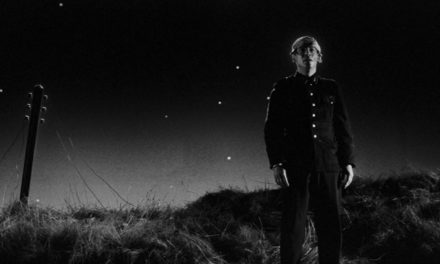THE TUESDAY DROP: 5,900+ New Shots
01.31.23 Get your Decks ready ShotDeck Community! We’re adding new shots from several films this week as well as the first complete season of Homecoming. Also look out for films by Hirokazu Kore-eda and Satoshi Kon and remember you can always request titles for future drops by clicking here!
ARMAGEDDON TIME (2022)
ARMAGEDDON TIME is a 2022 American coming-of-age drama written, produced and directed by James Gray. The film follows a young Jewish-American boy (Banks Repeta) who befriends an African-American classmate (Jaylin Webb) and struggles with balancing his family’s expectations with the world of privilege, inequality and prejudice he occupies. Anne Hathaway, Jeremy Strong and Anthony Hopkins also star. Armageddon Time premiered at the 2022 Cannes Film Festival. Gray worked on the film with Iranian-French cinematographer Darius Khondji. The pair previously worked together on The Lost City of Z and The Immigrant.
Gray and Khondji had a strong set of common visual references when they began their collaboration on Armageddon Time, looking at the work of Rembrandt and Vermeer, and taking Swann’s Way as a point of inspiration as well. Gray wanted Armageddon Time to feel like a ghost story, one where the places in which the story took place felt more permanent than the family who occupied them. Production took place in a real home in Queens, and Gray and Khondji wanted to light the location in step with their “ghost story” visual strategy as well as in a way that captured the way that Gray’s father would turn off any extra lights to save money when they lived in Queens. Khondji’s strategy was to light the spaces of the film in a way that meant that actors were never lit by a key light. By using fill lights and edge lights to light characters, Khondji was able to create a ghost-like effect on screen.
THE WOMAN KING (2022)
THE WOMAN KING is a 2022 American historical action drama directed by Gina Prince-Bythewood and written by Dana Stevens. The film is based on the Agojie, an all-female warrior unit that protected the West African kingdom of Dahomey from the 17th-19th centuries. The film is set in the 1820s and stars Viola Davis as General Nanisca, who trains the next generation of recruits to fight against the invading European enemy. Thuso Mbedu, Lashana Lynch, Sheila Atim, Hero Fiennes Tiffin and John Boyega also star. The Woman King premiered at the Toronto International Film Festival and grossed over $94 million worldwide from its $50 million budget. Prince-Bythewood worked on the film with American Production Designer Akin McKenzie, whose credits include When They See Us, Native Son, Wildlife, Random Acts of Flyness, and The Discovery.
Prince-Bythewood and McKenzie wanted the design of The Woman King to satisfy two core tenets – that the film be as period accurate as possible, and that every design element have a specific purpose, and never to be decorative for the sake of decoration. McKenzie’s research into the era was complicated by the fact that, in addition to there being no photography in that time, almost every drawing he found was made from a Western perspective and were both agenda-laden and inaccurate. Over time, McKenzie was able to observe patterns across the illustrations and the anthropological texts that allowed him to build a library of trustworthy observations. One of the most important design elements of the film was the Dahomey palace, which was almost entirely constructed with very limited use of VFX. McKenzie wanted to create a feeling of endlessness in the palace, and designed the Agojie barracks in the palace so that no matter where the camera was pointed, the audience would always see layers of depth.
PEARL (2022)
PEARL is a 2022 American slasher film directed by Ti West, who co-wrote the script with lead actress Mia Goth. The film is a prequel to the 2022 film X and follows Goth’s character Pearl, who is trapped on an isolated farm and must tend to her ailing father under the watch of her mother, all the while lusting for the glamorous life she’s seen in movies. David Corenswet, Tandi Wright, Matthew Sunderland, Emma Jenkins-Purro and Alistair Sewell also star. Pearl premiered at the Venice International Film Festival, before playing at the Toronto International Film Festival. The film grossed over $9 million from its $1 million budget, and a sequel to X titled MaXXXine is in development. West worked on the film with longtime collaborator Eliot Rockett, with whom he shot The House of the Devil, The Innkeepers and X.
Pearl was shot entirely in New Zealand during the height of the Covid-19 pandemic. West and Rockett discussed creating a very different look for Pearl from X, while still maintaining some of the core ambitions of making a period horror film inspired by the language of cinema. Since Pearl was set in 1918, the techniques of X such as mainly using lighting units that would’ve been around during the late 70s no longer made sense. Rockett ended up approaching Pearl with completely modern lighting units, using a lot of LED fixtures and shooting largely on sound stages. West and Rockett were interested in creating a visual aesthetic reminiscent of famous Technicolor movies like The Wizard of Oz and Gone with the Wind, but maintained the Sony Venice and MiniHawk lens package that they used on X. Rockett’s LUT started with Rec.709 and was pushed from there, getting the look of the film quite close to the Technicolor effect they wanted to have.
AMSTERDAM (2022)
AMSTERDAM is a 2022 American comedy-thriller written, produced and directed by David O. Russell, starring Margot Robbie, Christian Bale and John David Washington. Set in the 1930s largely in New York, the film follows three friends who witness a murder, become suspects themselves, and in attempting to clear their names, uncover a huge nation-wide conspiracy. Parts of the story are loosely based on the 1933 Business Plot. The film features an ensemble cast that also includes Chris Rock, Anya Taylor-Joy, Zoe Saldaña, Mike Myers, Michael Shannon, Rami Malek and Robert De Niro. O. Russell worked on the film with American Production Designer Judy Becker. The pair had collaborated on four projects prior to Amsterdam.
Amsterdam was initially set up to shoot in Boston to substitute for 1930’s New York, but with the onset of the Covid-19 pandemic, production was initially paused before being relocated to Los Angeles. The new location, coupled with the complexity of the plot and the number of locations, posed a significant challenge for Becker and her team of over 100 staff. Becker and the locations team scouted locations that would be able to substitute for 1930s New York locations. The Queen Mary was used for the Waldorf Astoria’s interiors, the Palace Theatre in downtown LA was used for the veterans’ gala theater, and the New York and Chicago backlots at Paramount Studios were used to film the New York exteriors. Becker and her team also leveraged the amount of design control they had over locations to create subtextual throughlines in the imagery of the film, in particular hinting at the fascist conspiracy that would rear its head by the end of the film.
JURASSIC WORLD DOMINION (2022)
JURASSIC WORLD DOMINION is a 2022 American sci-fi action film co-written and directed by Colin Trevorrow (who wrote the screenplay with Emily Carmichael). The film is a sequel to 2018’s Jurassic World: Fallen Kingdom (which Trevorrow co-wrote) and the sixth installment in the Jurassic Park series, concluding the storyline that started with the original Jurassic Park. Set four years after the destruction of Isla Nublar in Fallen Kingdom, the film picks up with dinosaurs living and hunting alongside humans across the world, and Owen Grady (Chris Pratt) and Claire Dearing (Bryce Dallas Howard) embarking on a rescue mission while Alan Grant (Sam Neill) and Ellie Sattler (Laura Dern) team up with Ian Malcolm (Jeff Goldblum) to expose a conspiracy by the genomics corporation Biosyn. The film has an ensemble cast also featuring DeWanda Wise, Mamoudou Athie, and BD Wong. Jurassic World Dominion premiered in Mexico City in May 2022 and grossed over $1 billion worldwide from its $165-85 million budget. Trevorrow worked on the film with American cinematographer John Schwartzman. Schwartzman’s credits include Jurassic World, The Amazing Spider-Man, The Rock and Seabiscuit.
Trevorrow and Schwartzman decided to shoot Jurassic World Dominion primarily on film, using both 35mm and 65mm. Some night sequences were shot digitally to minimize grain and help the VFX team with animating the dinosaurs. Jurassic World Dominion was shot predominantly on location, with the team moving from England to the Pacific Northwest, Texas, Utah, San Francisco, Malta and the Dolomite Mountains in Italy, with several sequences being shot simultaneously in different locations. The Malta market chase sequence was shot with nine cameras simultaneously, and was entirely shot with stunt people, meaning that the VFX team had to digitally replace the actors’ faces in post-production. In order to accomplish this, Schwartzman used a special camera rig, made with 70 cameras and 40 lights, to capture the actors’ emotions with high-resolution facial scanning technology that was then manipulated for the CG animation.
HUSTLE (2022)
HUSTLE is a 2022 American sports drama directed by Jeremiah Zagar, from a screenplay by Taylore Materne and Will Fetters. The film stars Adam Sandler as a down-on-his luck Philadelphia 76ers scout who discovers a raw but talented basketball player in Spain (Juancho Herangómez) and brings him to the US to prepare him for the NBA draft without his team’s permission. Queen Latifah, Ben Foster, and Robert Duvall also star. Hustle premiered on Netflix in June 2022 and was the platform’s most-viewed film upon its release. Zagar worked on the film with American cinematographer Zak Mulligan, who worked with him on We the Animals. Mulligan’s other credits include The Outsider and Open Heart.
Zagar and Mulligan wanted to break the mold of basketball television presentations and get inside the action, rather than showing it from the perspective of a courtside observer. The pair studied Raging Bull as a model of getting inside the action, and used technology such as the Freddy Tero (a small remote control vehicle outfitted with a gimbal) paired with wide lenses (often a 19mm Leica R) and the “Charlie Bar,” a six-foot piece of speed rail connecting player to camera that allows for perfectly framed, in-focus close-ups as the players move around the court. Mulligan shot primarily on the Sony Venice with Hawk Class-X anamorphic lenses, using the Red Komodo for the basketball scenes. All the basketball scenes were carefully storyboarded and choreographed for both player and camera movements, and scenes were edited together after each day of production so that the team could shoot what was specifically needed the next day. One of the major issues the team faced lighting NBA scenes was dealing with light flicker during high-frame rate sequences. Mulligan was able to solve this using the de-flicker settings in DaVinci Resolve to process the footage, and then by adding LiveGrain on top of the footage as a way of cleaning up elements in the shots that still had some flicker.
THE BLACK PHONE (2022)
THE BLACK PHONE is a 2022 horror film co-written and directed by Scott Derrickson, based on the 2004 short story of the same name by Joe Hill. The film follows an abducted teenager (Mason Thames) who uses a mysterious telephone to communicate with the previous victims of his captor (Ethan Hawke). Madeleine McGraw, Jeremy Davies and James Ransone also star. The Black Phone premiered at Fantastic Fest in September 2021, before playing at the Overlook Film Festival and Tribeca Film Festival and going on to gross over $161 million from its $16-18 million budget. Derrickson worked on the film with American Cinematographer Brett Jutkiewicz, whose credits include Ready of Not, Italian Studies and Daddy Longlegs.
Derrickson and Jutkiewicz began their collaboration by talking about elements from the 1970s that felt important to capture in the story of this film. Neither wanted to match the look of 70s films, and were instead interested in capturing a tone that felt right for the film as well as the period, embracing high-contrast and high-saturation images that fell off in the darkness, creating a look where it felt like anything could be lurking in the corners of the basement at any time. The pair decided early to shoot with a small and light camera package, but were interested in the look of anamorphic lenses and a 2.39:1 aspect ratio for the film. The dream sequences of the film were shot using Super 8 cameras and 8mm film, referencing Derrickson’s own childhood memories of filming on Super 8 cameras. One of Jutkiewicz’s big challenges was lighting the main basement in a way that felt dynamic and evolving, given how much of the film was spent there. Jutkiewicz pitched Derrickson on the idea of diverging from the script, where the basement had no lights, and instead set up fixtures in the basement that were controlled by The Grabber from the outside. The effect was that the location could evolve over the course of the film, but it also helped re-emphasize The Grabber’s control over Finney as a storytelling element.
DO REVENGE (2022)
DO REVENGE is a 2022 American dark comedy co-written and directed by Jennifer Kaytin Robinson. Loosely inspired by the 1951 film directed by Alfred Hitchcock, Strangers on a Train, the film follows high schooler Drea (Camila Mendes), who wants revenge on her boyfriend for publishing her sex tape, and exchange student Eleanor (Maya Hawke), who is being haunted by a rumor. The pair decide to team up to take action against their respective tormentors. The film also stars Austin Abrams, Talia Ryder, Alisha Boe and Sarah Michelle Gellar, and was made on a budget of $10 million. Robinson worked on the film with British Costume Designer Alana Morshead, whose credits include Equals, The Hero and Gully.
Robinson and Morshead wanted the costuming look of Do Revenge to feel dream-like and heightened while still being somewhat rooted in reality. They referenced classic teen movies from the 90s such as Clueless, Heathers and Jawbreaker, as well as Romy and Michele’s High School Reunion and 10 Things I Hate About You, wanting to take these styles and update them for 2022. South Korean high school uniforms also informed the plaid skirts that Morshead and her team designed. For Drea, Morshead wanted to model her clothes and look off supermodels of the era such as Naomi Campbell and Cindy Crawford, sourcing from independent, female-run designers whose work was published on sites like Instagram to dress her. Eleanor’s aesthetic was more pointed towards 60’s inspirations such as Twiggy and young Goldie Hawn, with more patterns, mustards and oranges in her attire. Finally, Max’s character was inspired by the fashion of Harry Styles, with Robinson and Morshead not wanting their lead to be too masculine and macho, despite being the villain of the story.
PAPRIKA (2006)
PAPRIKA is a 2006 Japanese animated sci-fi psychological thriller directed by Satoshi Kon, based on the 1993 novel of the same name by Yasutaka Tsutsui. The film was Kon’s fourth feature film, and his last before his death. The film follows Dr. Atsuko Chiba, a scientist by day and a dream detective under the codename “Paprika” by night. When a device called the DC mini, intended to help psychiatric patients buy a potential mind-destroyer in the wrong hands, is stolen, Paprika seeks to recover it before major damage is done. The voice cast features Megumi Hayashibara, Tōru Emori, Katsunosuka Hori, Tōru Furuya, and Kōichi Yamadera. Paprika was nominated for the Golden Lion at the Venice International Film Festival, before playing at the New York Film Festival, Tokyo International Film Festival, Fantasporto and Sarasota Film Festival.
Like many of his films, Kon was interested in exploring the blurry space between reality and dreamspace both in the storytelling and in the formal construction of Paprika. For Kon, fiction and reality were homogenous rather than opposing concepts, given that they were both constructed from drawing and painting when presented in an animated film. Kon and his animation team decided to blur and deepen this relationship in the story by distorting the reality of the dreamers, and created this effect by literally distorting or un-distorting the images in the film. Kon wanted the dream world to be portrayed in expressive and rich detail as a way of blurring the distance between it and the real world in the film, creating a seamless visual language that was tied completely into the evolution of the narrative itself.
MILLENNIUM ACTRESS (2001)
MILLENNIUM ACTRESS is a 2001 Japanese animated drama co-written and directed by Satoshi Kon. Loosely based on the lives of actresses Setsuko Hara and Hideko Takamine, the film follows two documentary filmmakers studying the life of a retired actress. As she tells them the story of her life, the difference between reality and cinema becomes blurred. Millennium Actress was awarded Best Animation Film at the 2001 Fantasia Film Festival and was nominated for four Annie Awards in 2004, including Outstanding Direction and Writing. Today, it is widely considered one of the most important films of Kon’s career.
Millennium Actress was the last film of Kon’s career to be traditionally animated, and production for the film took place over two years with over 250 people working on the film in total. Kon wanted the film to visually feel like a trompe l’oeil, blurring the bounds between cinema and reality both in the storytelling as well as in the animation. Character Designer Takeshi Honda grounded the design of the key characters in a reality that gave the film’s fantastical plot a strong core, and this played in contrast to the environments and settings designed by Kon and the rest of the animation team.
TOKYO GODFATHERS (2003)
TOKYO GODFATHERS is a Japanese animated adventure film co-written and directed by Satoshi Kon, inspired by the 1948 American film 3 Godfathers. The film follows middle-aged alcoholic Gin, teenage runaway Miyuki and former drag queen Hana, who are a trio of homeless people surviving as a makeshift family on the streets of Tokyo. While rummaging in the trash for food on Christmas Eve, they stumble upon an abandoned newborn baby in a trash bin. They search the streets of Tokyo for help in returning the baby to its parents. Tokyo Godfathers won the Excellence Award at the Japan Media Arts Festival and the award for Best Animation Film at the Mainichi Film Awards.
By the time production on Tokyo Godfathers had begun, Kon had already storyboarded the majority of the film in close detail, creating a framework within which the animation team, led by animator Kenichi Konishi, could express themselves artistically. Konishi and the animators sought to preserve Kon’s artistry and personality, but were given leeway to express their own drawing uniqueness, and characters were permitted to diverge from their original conceptions. The clean-up stage did not seek to eliminate the differences in how animators rendered the characters. Tokyo Godfathers was produced digitally – the first of Kon’s career to be made this way, and all of his subsequent films were digital animation as well.
AFTER LIFE (1998)
AFTER LIFE is a 1998 Japanese drama written, edited and directed by Hirokazu Kore-eda. The film follows a group of people who have recently died and find themselves in a limbo realm resembling a relatively mundane building. Counselors, including Takashi (Arata Iura) and Shiori (Erika Oda), help new arrivals pick one memory from their lives to bring with them into eternity. Once the memories are chosen, the staff makes a short film representing them. Susumu Terajima, Sayaka Yoshino, Takashi Natiō and Kei Tani also star. After Life premiered at the 1998 Toronto International Film Festival, before winning the FIPRESCI prize at the San Sebastián International Film Festival. The film has since spawned a stage adaptation written by Jack Thorne, and is widely credited as the film that brought Kore-eda’s work to the international audience. Kore-eda worked on the film with Japanese cinematographer Yutaka Yamazaki, who at the time was experienced with filming television documentaries. Kore-eda and Yamazaki had first worked together when Kore-eda was an assistant director on a TV documentary.
After receiving some criticism for his debut feature film, Maborosi, Kore-eda decided to return to his documentary roots, and wanted Yamazaki’s expertise in helping to craft both an environment on set and a visual language that was alive to the life on set as it was happening, creating a more bare-bones set that was more reminiscent of a television interview than a film set.. Kore-eda was interested in After Life being a film that explored the space between objective record and recollection, and allow the visual language to embrace the collision of truth and fiction. Yamazaki shot the memory sequences in both color and black and white using both 8mm film and 16mm film, while Kore-eda also worked with still photographer Masayoshi Sukita for some elements of the film. The memories were treated as living, subjective elements of the film that were then reinterpreted by the way they were staged and recreated.
NOBODY KNOWS (2004)
NOBODY KNOWS is a 2004 Japanese drama written, produced and directed by Hirokazu Kore-eda. The film is based on the 1988 Sugamo child abandonment case, and follows Akira Fukushima (Yûya Yagira) and his siblings, who have been abandoned by their mother who moved in with a lover and left Akira in charge. Nobody Knows premiered at the 2004 Cannes Film Festival, where it was nominated for the Palme d’Or and won the Best Actor award, making Yagira the youngest winner of the award at that time. The film went on to win the Best Film award at the Blue Ribbon Awards in Japan. Kore-eda worked on the film with Japanese cinematographer Yutaka Yamazaki. The pair had first worked together on After Life, and have since collaborated on Distance, Hana, Still Walking and I Wish.
Nobody Knows was shot over the course of one year, from autumn 2002 to summer 2003 in Tokyo. Kore-eda had the cramped Tokyo apartment in which the majority of the film takes place rented for an entire year, and had each room designed specifically to fit the needs of the film. He and Yamazaki shot the film chronologically and chose to take a shooting approach that would move slowly and methodically, and allow for trust to build between the crew and the child actors, as well as between the children themselves. Yamazaki shot the film with an eye to naturalism, using the Aaton XTR camera with Canon and Zeiss prime spherical lenses.
OUR LITTLE SISTER (2015)
OUR LITTLE SISTER is a 2015 Japanese drama written and directed by Hirokazu Kore-eda, based on the manga series Umimachi Diary by Akimi Yoshida. The film stars Haruka Ayase, Masami Nagasawa, Suzu Hirose and follows three sisters who invite their half-sister to live with them after the death of their estranged father. Our Little Sister premiered at the Cannes Film Festival where it was nominated for the Palme d’Or, before winning the Audience Award at the San Sebasitán International Film Festival, playing at the BFI London Film Festival, and winning Picture of the Year at the Japan Academy Prize. Kore-eda worked on the film with Japanese cinematographer Mikiya Takimoto, with whom he worked on Like Father, Like Son.
Kore-eda’s process of adapting the graphic novel was a combination of rearranging scenes, adding new scenes, and repositioning Sachi and Suzu as the central figures of the story, rather than taking the manga’s position of following the people around Suzu as they watch her. The setting of Kamakura in the story, which is where filmmaker Yasujiro Ozu spent many of his later years, became a big influence on the visual language of the film. Kore-eda and Takimoto wanted to capture this in the film, attempting to show the sisters as part of a landscape as opposed to the more documentary style that some of Kore-eda’s other films took on. Kore-eda and Takimoto took great care with camera blocking, placing great attention on each shot’s composition and the key elements of each scene, with an eye to capturing the dignity and strength of its characters.
STILL WALKING (2008)
STILL WALKING is a 2008 Japanese drama written, edited and directed by Hirokazu Kore-eda. The film follows Kyohei (Yoshio Harada) and Toshiko (Kirin Kiki), who welcome their surviving children home for a family reunion many years after their eldest son drowned while saving a stranger’s life (the stranger is also invited). The film takes place over roughly 24 hours as the family commemorate his death and deal with their new interpersonal dynamics. Hiroshi Abe, Yui Natsukawa, Kazuya Takahashi and Susumu Terajima also star. Still Walking played at the Toronto International Film Festival and the San Francisco International Film Festival, and won the Golden Astor for Best Film at the Mar del Plata International Film Festival. Kore-eda worked on the film with frequent collaborator Yutaka Yamazaki, with whom he made After Life, Nobody Knows and Like Father, Like Son.
Still Walking was Kore-eda’s most personal film to date, with strong elements of autobiography and references to his own family’s history, given the way that the film was made in response to the death of his own mother. Kore-eda and Yamazaki wanted to shoot Still Walking with a patient documentary realism aesthetic that called back to filmmakers such as Ozu, but that also treated the visual language of the film with novelistic touches. Yamazaki shot the film with a largely fixed camera, and lit subtly from naturalistic sources wherever possible.
HOMECOMING: SEASON ONE (2018)
HOMECOMING is an American psychological thriller television series based on the podcast of the same name, created by Eli Horowitz and Micah Bloomberg and directed by Sam Esmail. The series follows a caseworker at a facility that helps soldiers transition back to civilian life who leaves to live with her mother and work as a waitress in a small town. The series stars Julia Roberts, Bobby Cannavale, Stephan James, Shea Whighman, Alex Karpovsky, Sissy Spacek, Janelle Monae, Hong Chau, Chris Cooper and Joan Cusack. Season 1 of Homecoming premiered on Amazon Prime Video in November 2018, and was nominated for a Primetime Emmy Award in the Outstanding Cinematography for a Single-Camera Series (Half Hour) category. Esmail, Horowitz and Bloomberg worked with American cinematographer Tod Campbell, whose credits include Mr. Robot and Stranger Things.
Esmail and Campbell wanted their approach to shooting Homecoming to be more restrained than their work together on Mr. Robot, but continued to make strong decisions with recurring motifs that would push the show into unique visual territory. The pair were strongly influenced by the 1970s paranoid cinema of Brian De Palma and Francis Ford Coppola, as well as films such as All the President’s Men, and created a language of split-screens, zoom-ins and top-down perspective shots. Esmail and Campbell also experimented with 1:1 aspect ratios mixed with widescreen aspect ratios, trapping the characters in the frame as a way of building tension.



